EAGAN, Minn. — When the Broncos won back-to-back Super Bowls in the late 1990s, Denver's offense followed a simple formula.
The Broncos ran the ball roughly 50 percent of the time, hit intermediate passing plays and kept opposing defenses off balance in suspecting what was coming next through the threat of play action. In 1997, Denver ran the ball 48.7 percent of the time, a number that jumped up to 50.4 percent in 1998.
Denver's offensive coordinator at the time was Gary Kubiak, who helped the Broncos offense ranked first in yards and points per game in 1997. Denver was second in yards and third in points per game the following season.
Mike Shanahan was the Broncos head coach back then, and when he won those titles, it was his teenage son, Kyle, who held the cord on the sideline to make sure his headset worked properly.
More than 20 years later, the basic concepts of the offense are still alive in the NFL, even as the league has seemingly shifted to a pass-happy operation.
"It all kind of started way back with Bill Walsh in San Francisco and Mike Shanahan and now Kyle and Gary and these guys," said Vikings Head Coach Mike Zimmer.
Entering Saturday's Divisional round game between the Vikings and 49ers, there is a little déjà vu in who will be on the opposing sidelines.
Kubiak is now the Vikings assistant head coach and offensive advisor, and his influence has helped Vikings Offensive Coordinator Kevin Stefanski shine in his first full season in that role as a play caller. Kubiak also began his NFL coaching career as the 49ers quarterbacks coach in 1994 when Walsh was the head coach in San Francisco.
San Francisco's offensive plays are called by Kyle Shanahan, who is in his third season as the 49ers Head Coach.
And as both teams hope to be one of two NFC squads left standing, both have shown a strong commitment to following that same formula they were entrenched in back in the '90s.
The Vikings ran the ball on 49.43 percent of their offensive plays in 2019, the second-highest run-percentage rate in the league. The 49ers were third at 49.21 percent. (Both teams trailed the 14-2 Ravens, who ran the ball a whopping 56.02 percent of the time).
Both offenses also feature quarterbacks who threw for 25-plus touchdowns, as both teams have shown that a key to their success in the regular season was being balanced when having the ball.
"I know that's my goal, and I'm sure that's Kubiak's and Kevin's and Zimmer's goal, also," Kyle Shanahan said Tuesday on a conference call with the Twin Cities media. "You always can find the outliers, but I think it's very hard to win in this league if you're only good at passing, and I think it's very hard to win in this league if you're only good at running.
"So, you've gotta be able to do both, and I think that's something that we've both done pretty well this year," Shanahan said. "That, combined with good defense, is I think why we're both where we're at."
To be sure, the offensive systems the Vikings and 49ers run are not identical to what the Broncos ran. But the basic concepts are the same, even if the schemes (and the league in general) have evolved over the past two-plus decades.
Shanahan and Vikings quarterback Kirk Cousins are familiar with the scheme, and each other. Shanahan was Washington's offensive coordinator when Cousins was on the team, and was actually on Houston's staff when Kubiak was the Texans head coach.
Both Shanahan and Cousins talked this week about the advancement of the scheme on a yearly basis.
"Year to year, things can change. I think the key with, even if you want to call it this specific system, is it has evolved. It isn't a stale system where, from whatever year you want to start with it to now, it's been the exact same," Cousins said. "It has evolved, and I think the coaches – calling those plays, developing the system, evolving it – are the ones who deserve the credit for it, because it is a moving target, and defenses are always going to counter with answers. I think it's a testament to the coaches involved who are always trying to stay a step ahead.
"I think it's just individual wrinkles to plays," Cousins later added. "Make something look like it did the week before or the year before and then do something different. That cat-and-mouse game with the defense will be going on as long as there's football."
Added Shanahan: "They're all so different. The West Coast offense, I would say, if you call plays like we do, verbiage-wise, then I guess it's considered West Coast. When I went to be with Kubiak, he ran more of my dad's offense that they did at Denver, which originated with San Francisco in the verbiage, but you change it based off of teams you're going against and what fronts you're going against. I always have a hard time when people try to categorize our offense as something because our offense, there's a foundation of something we believe in, but at least for me personally, our offense is totally predicated on what we're going against."
Look back at photos over the course of time featuring games between the Vikings and the 49ers.

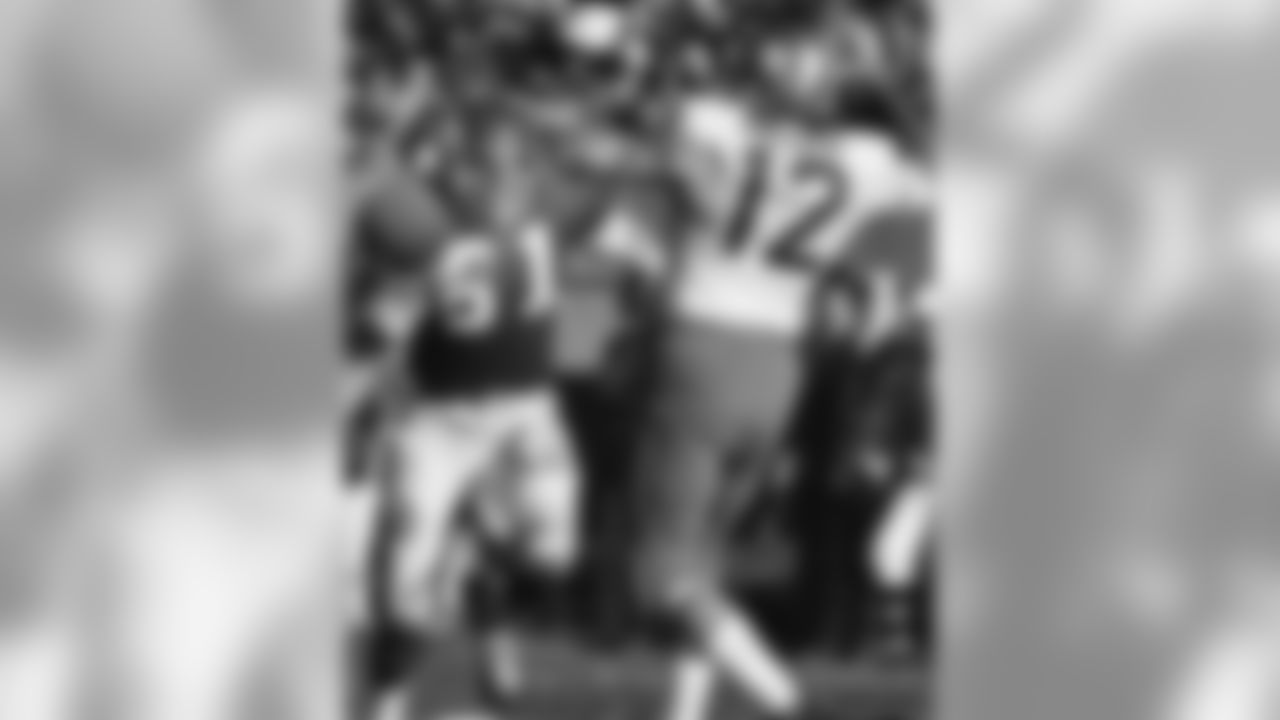


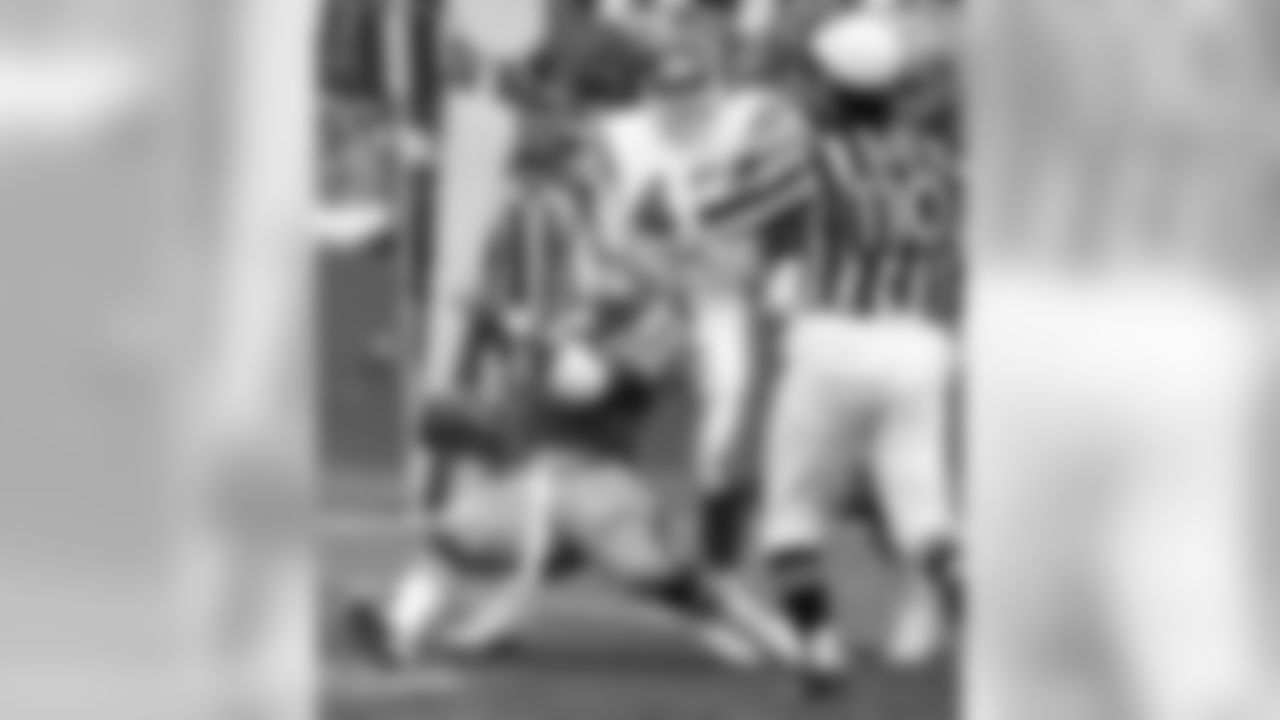

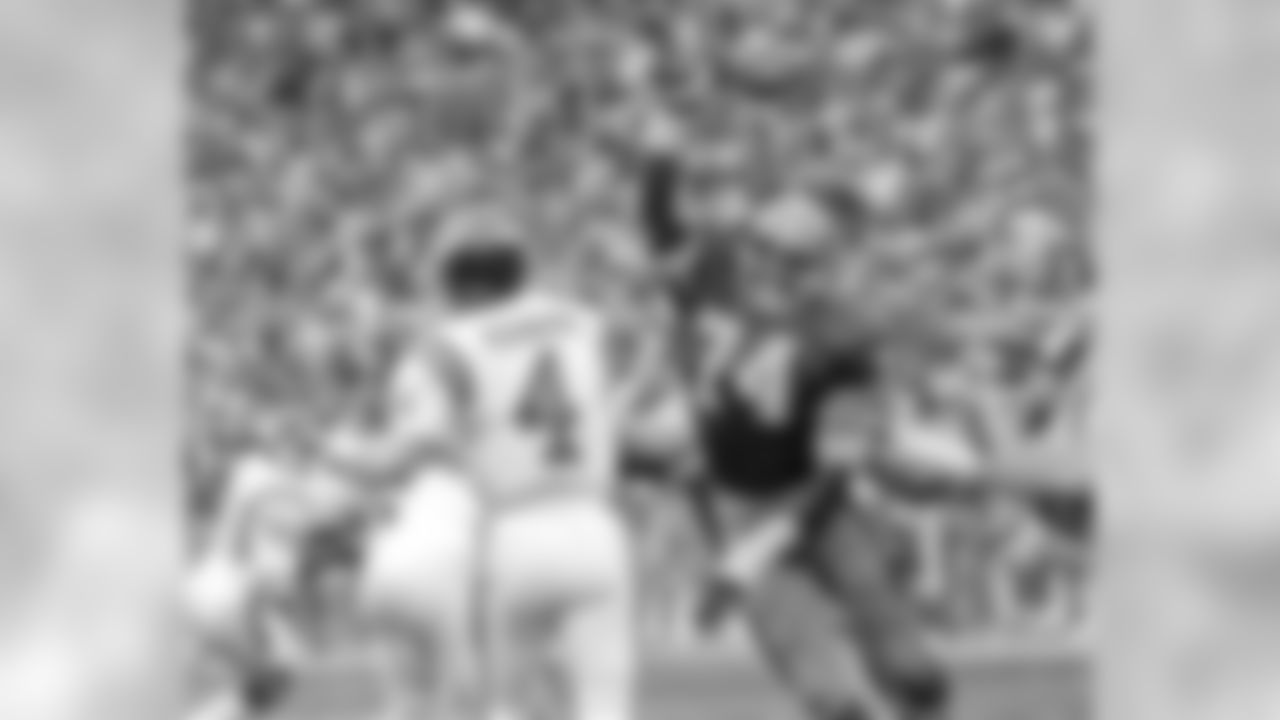


















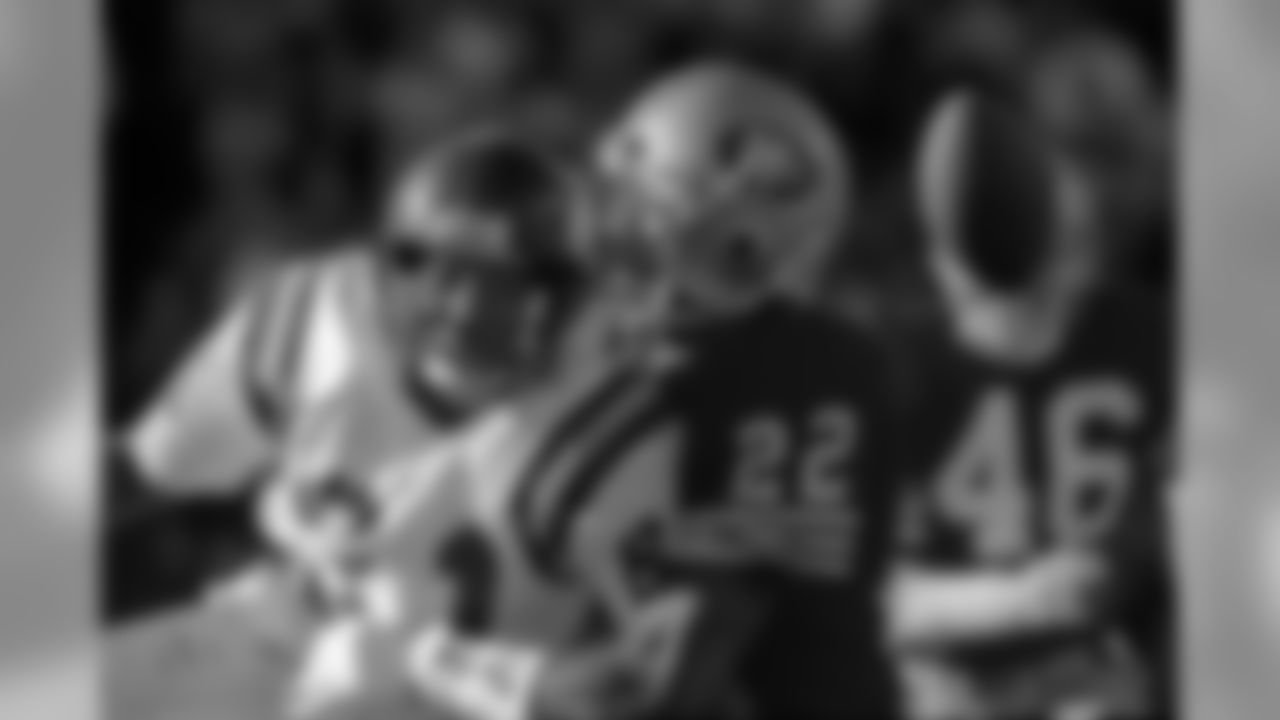

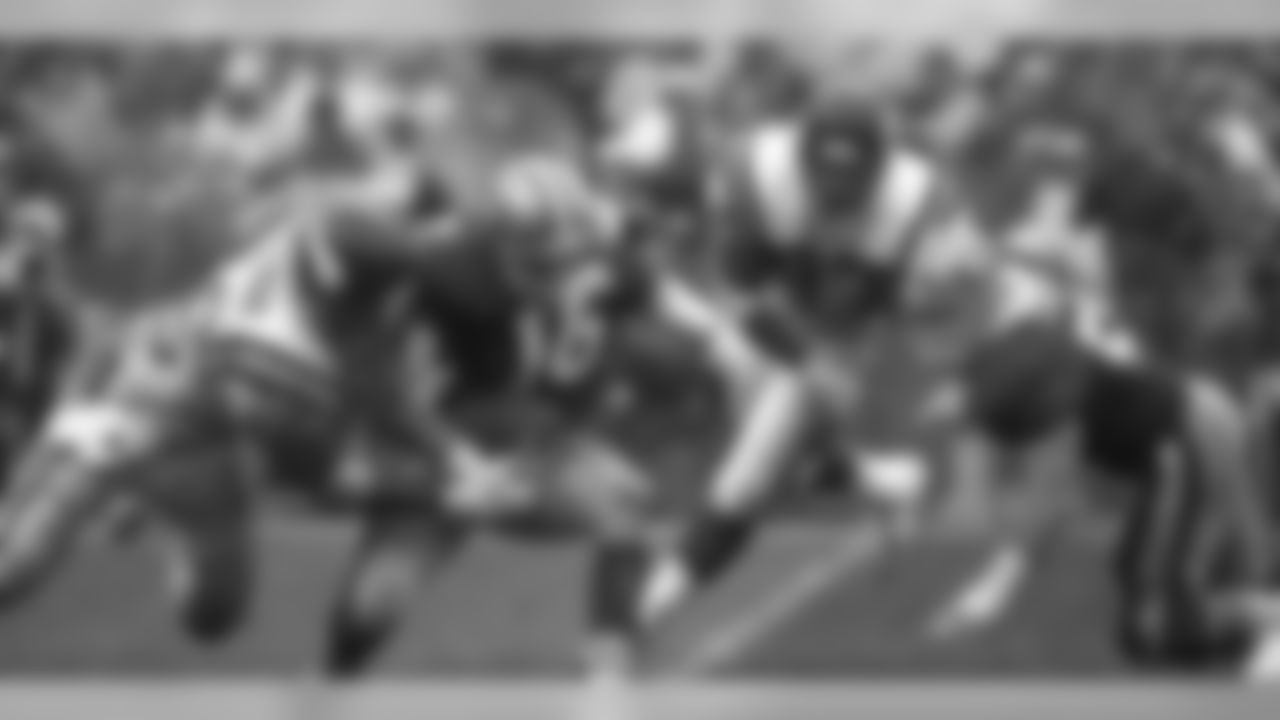





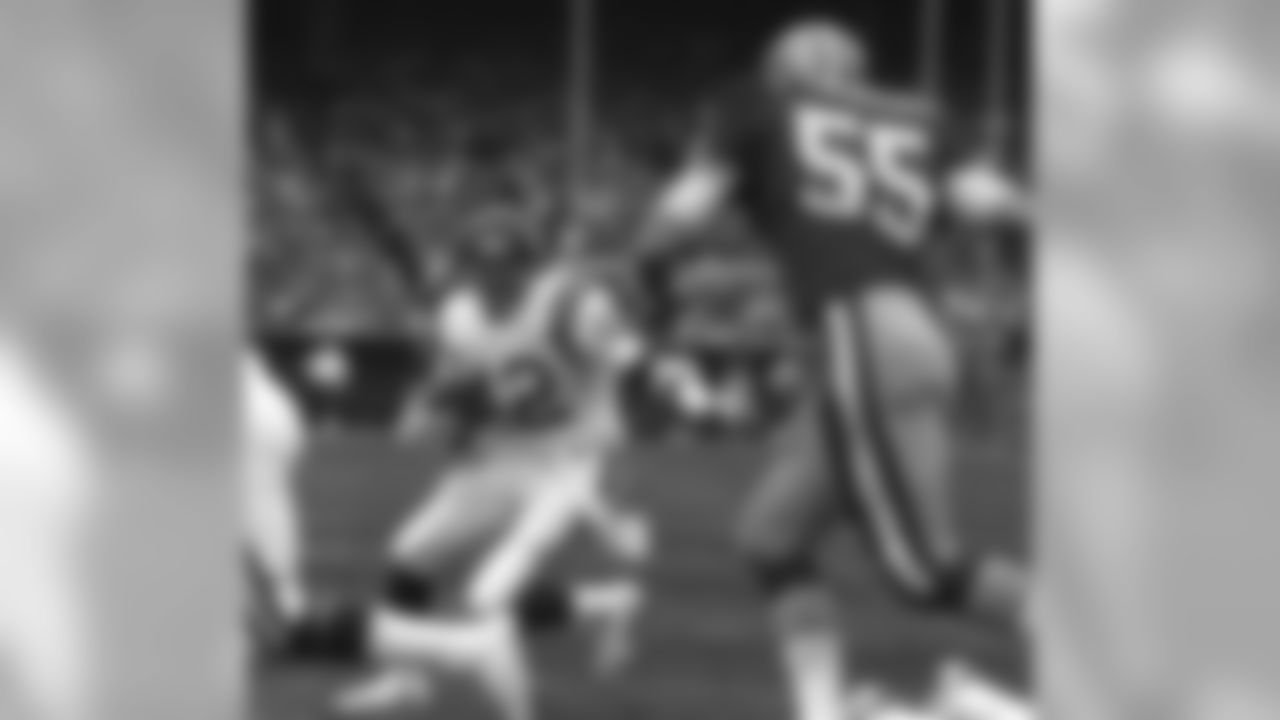

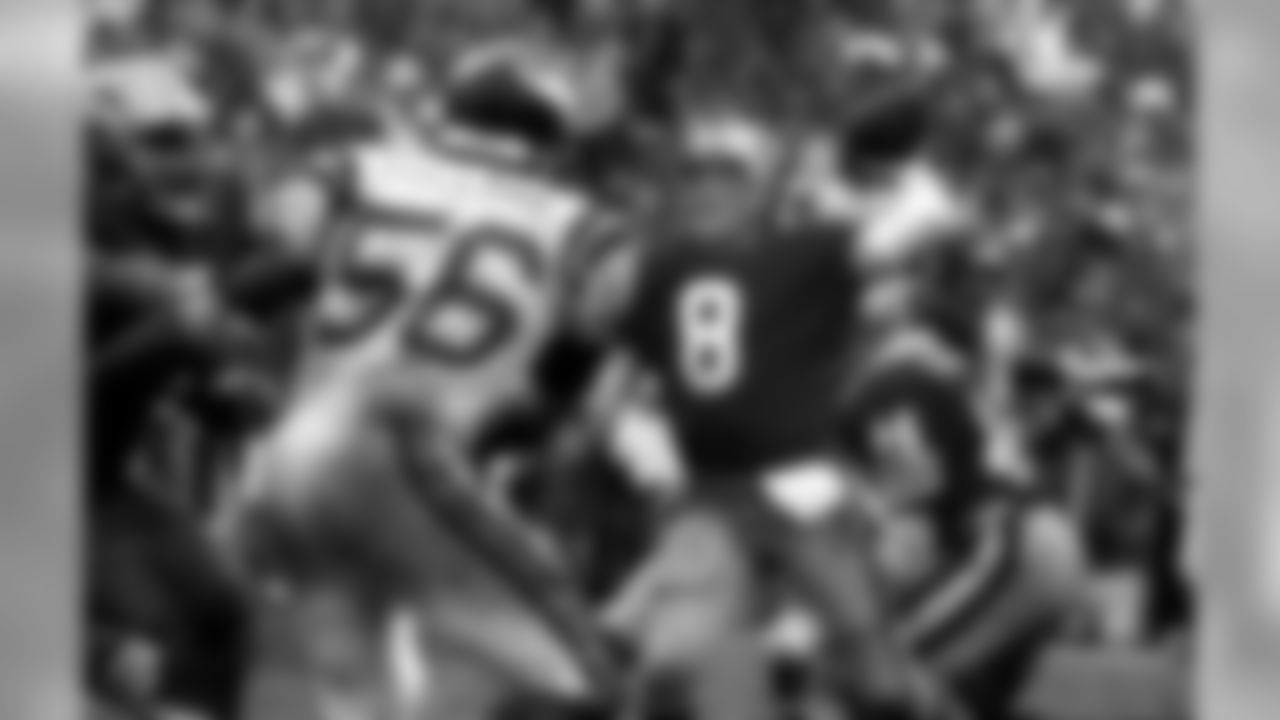



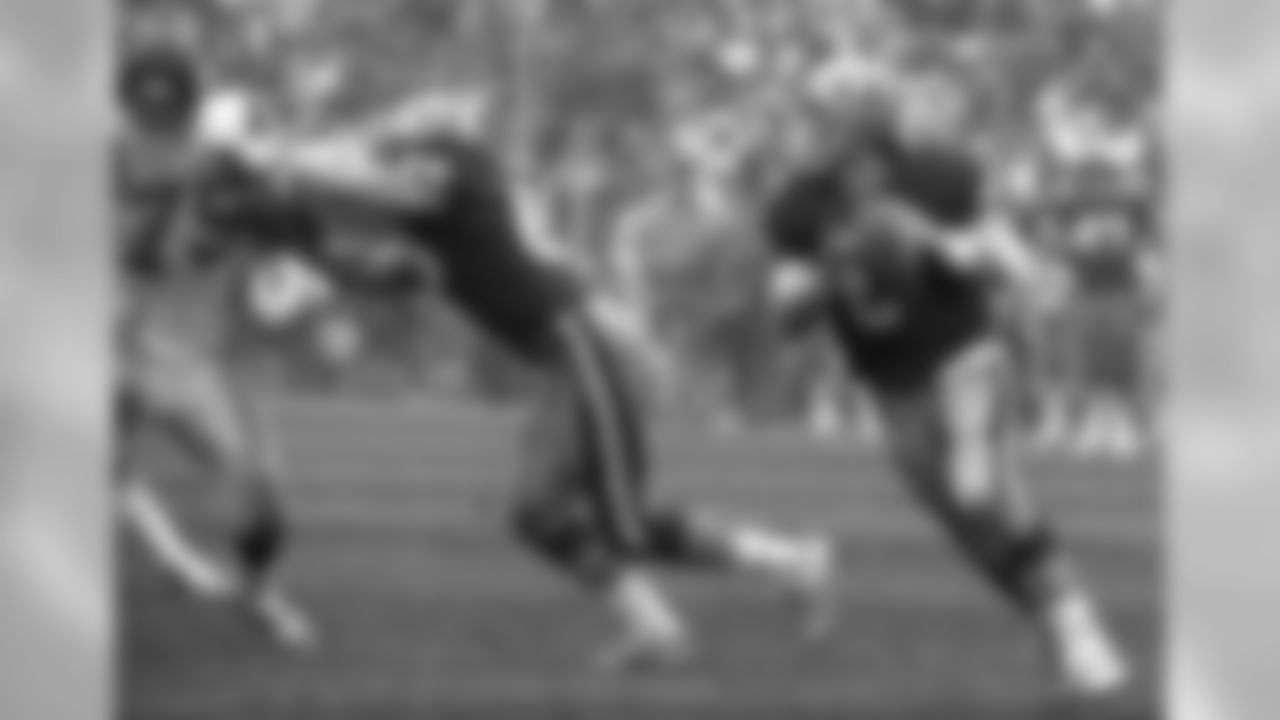









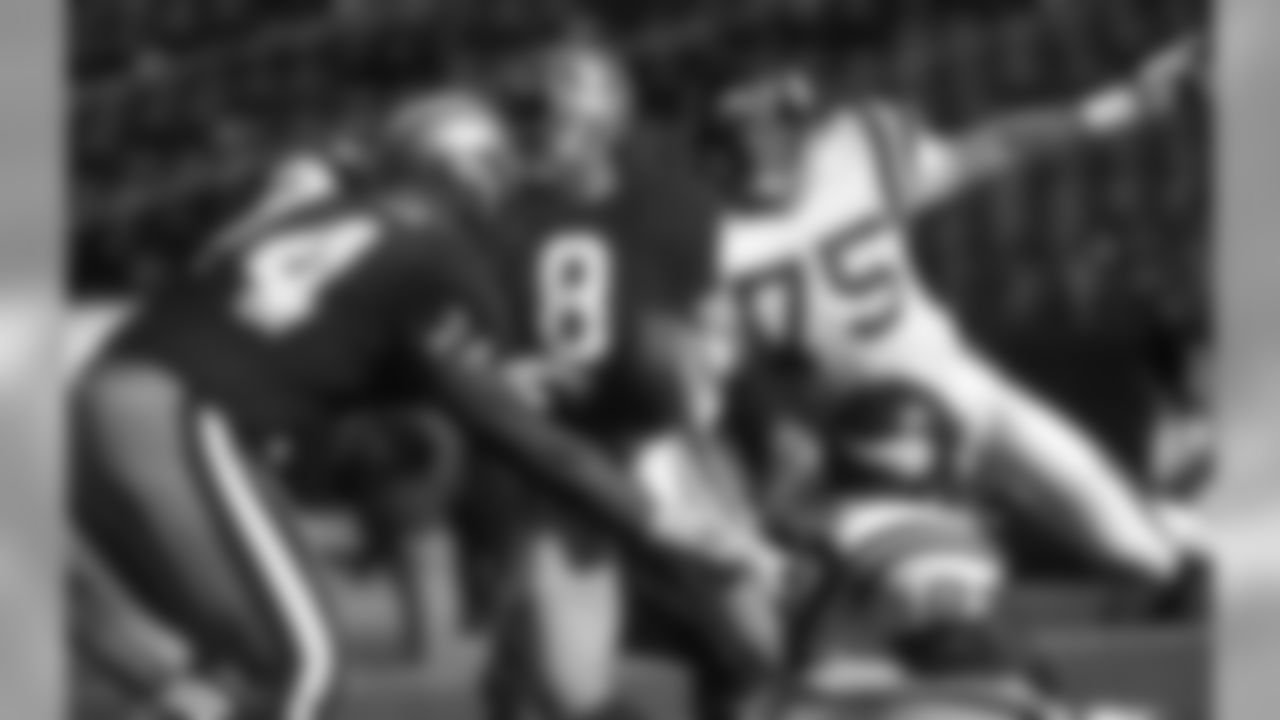


















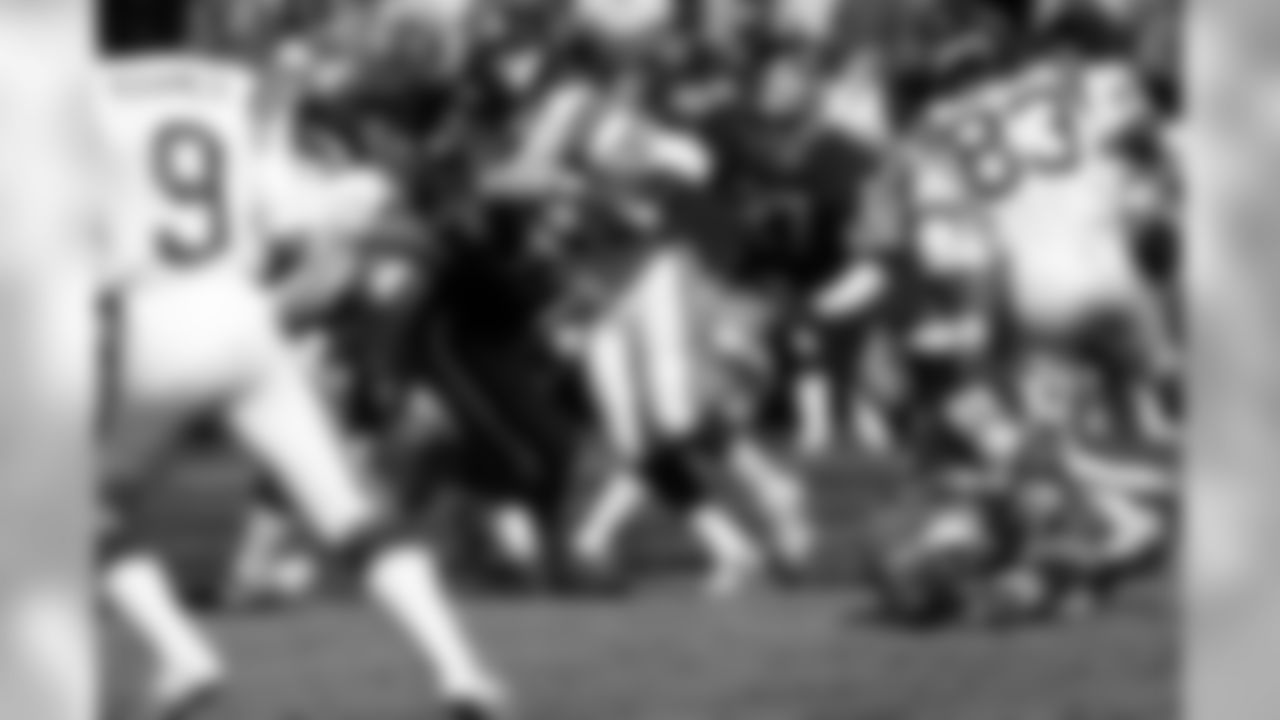





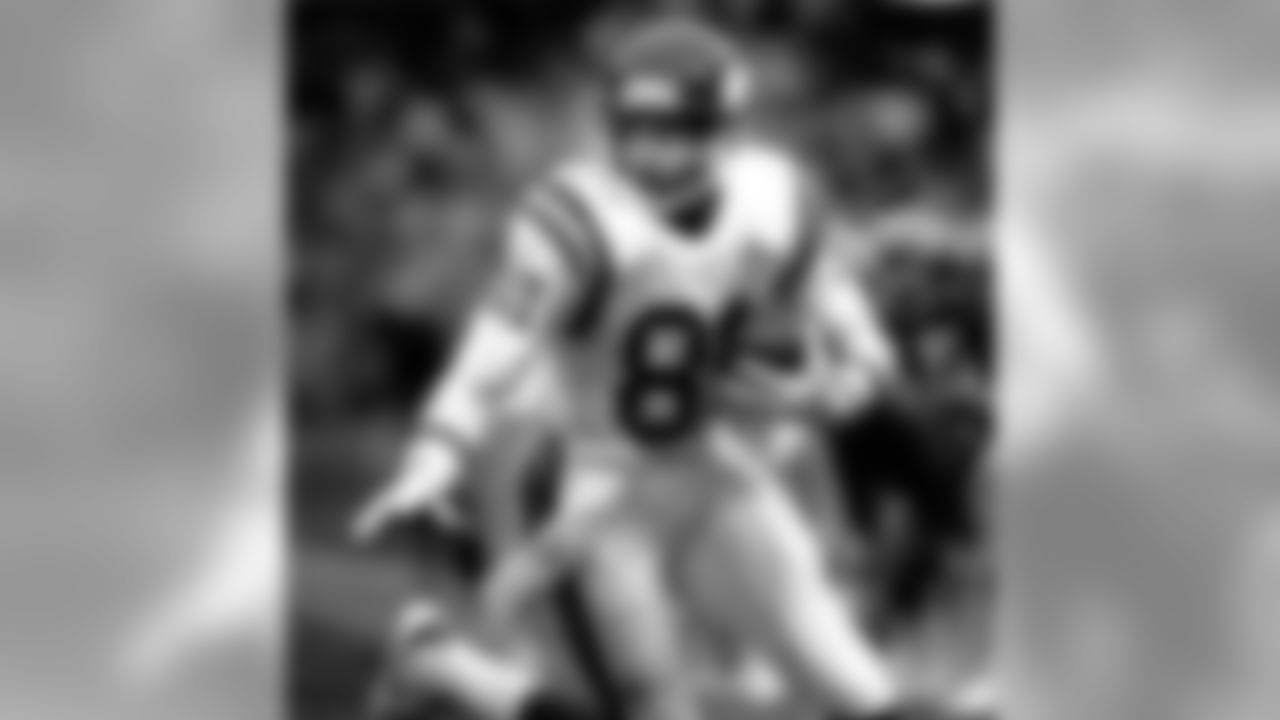
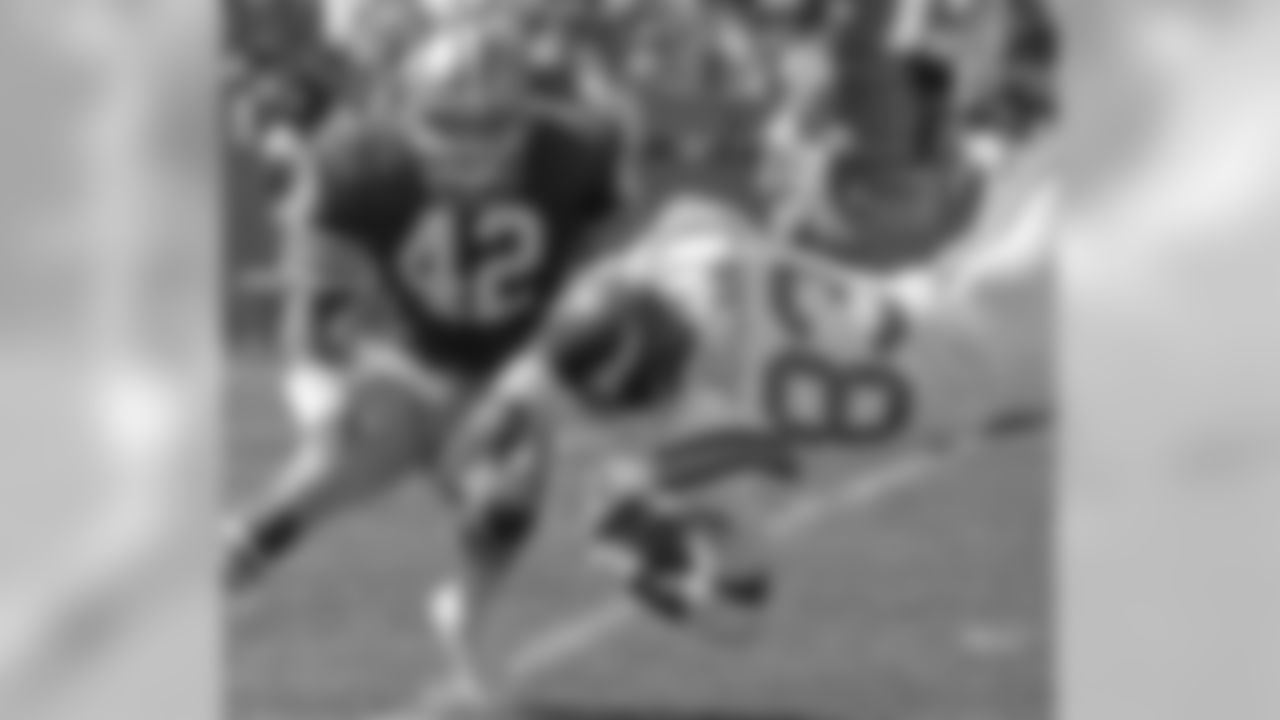








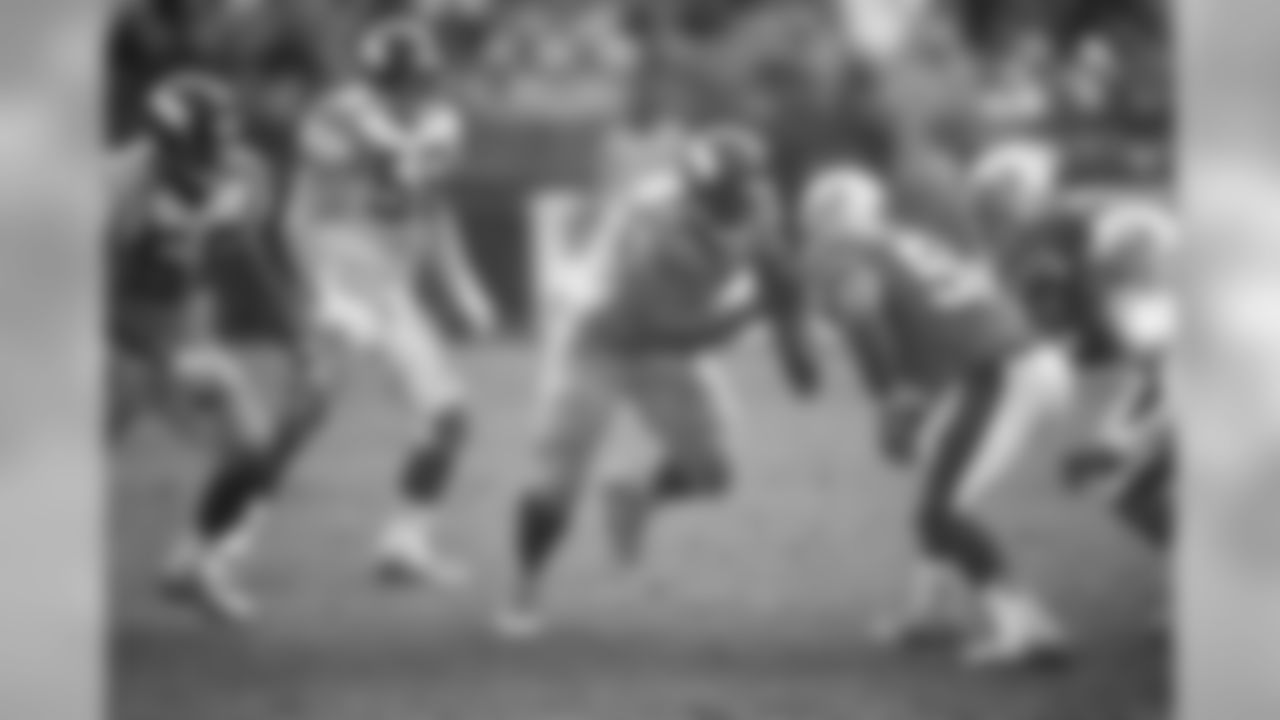
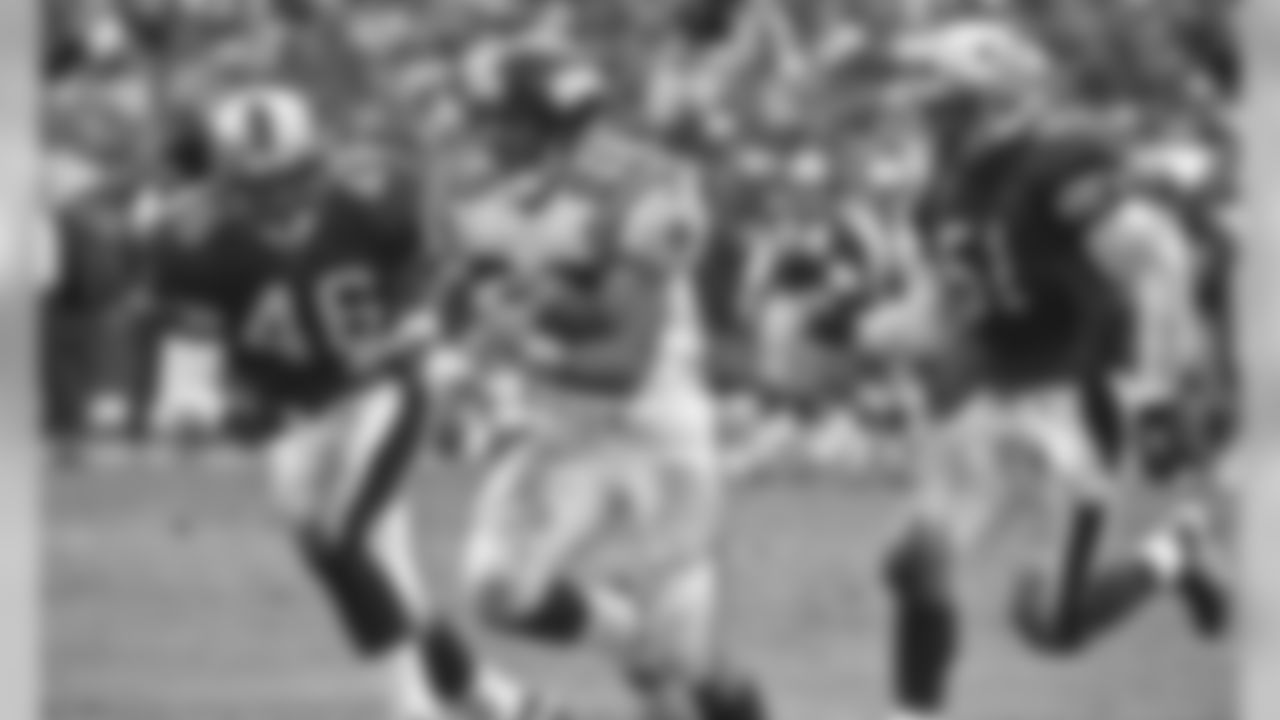


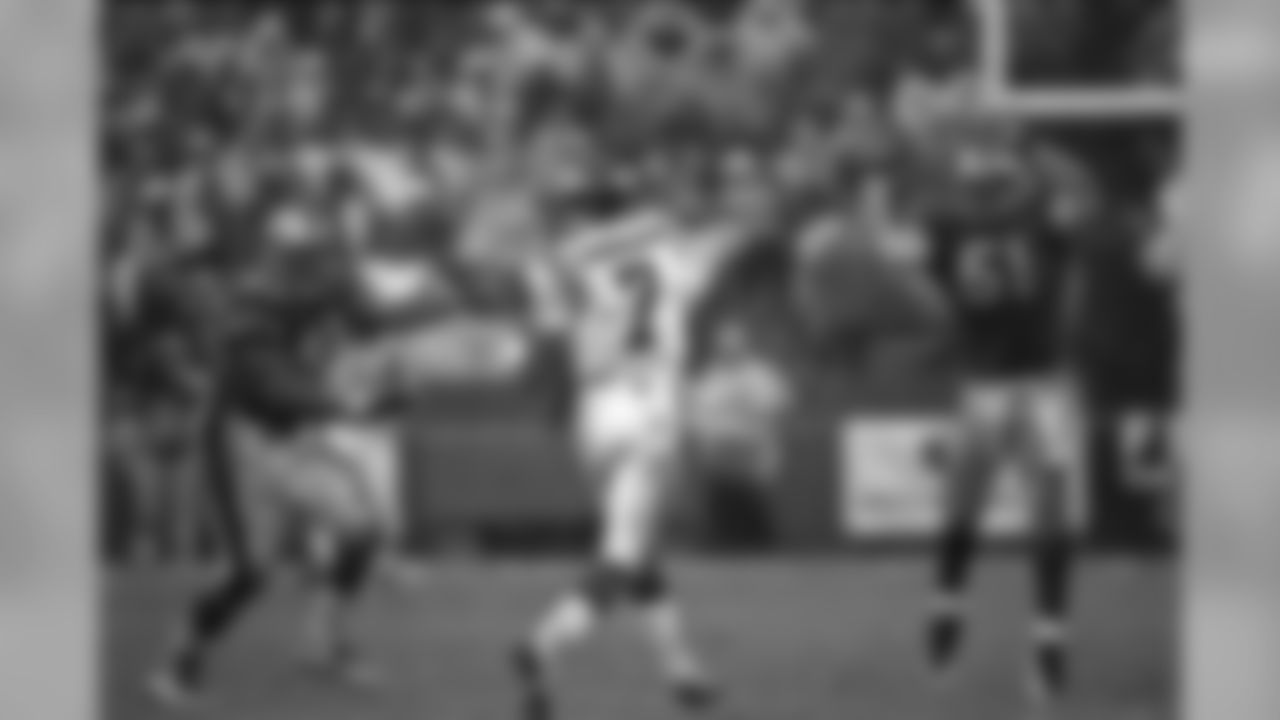

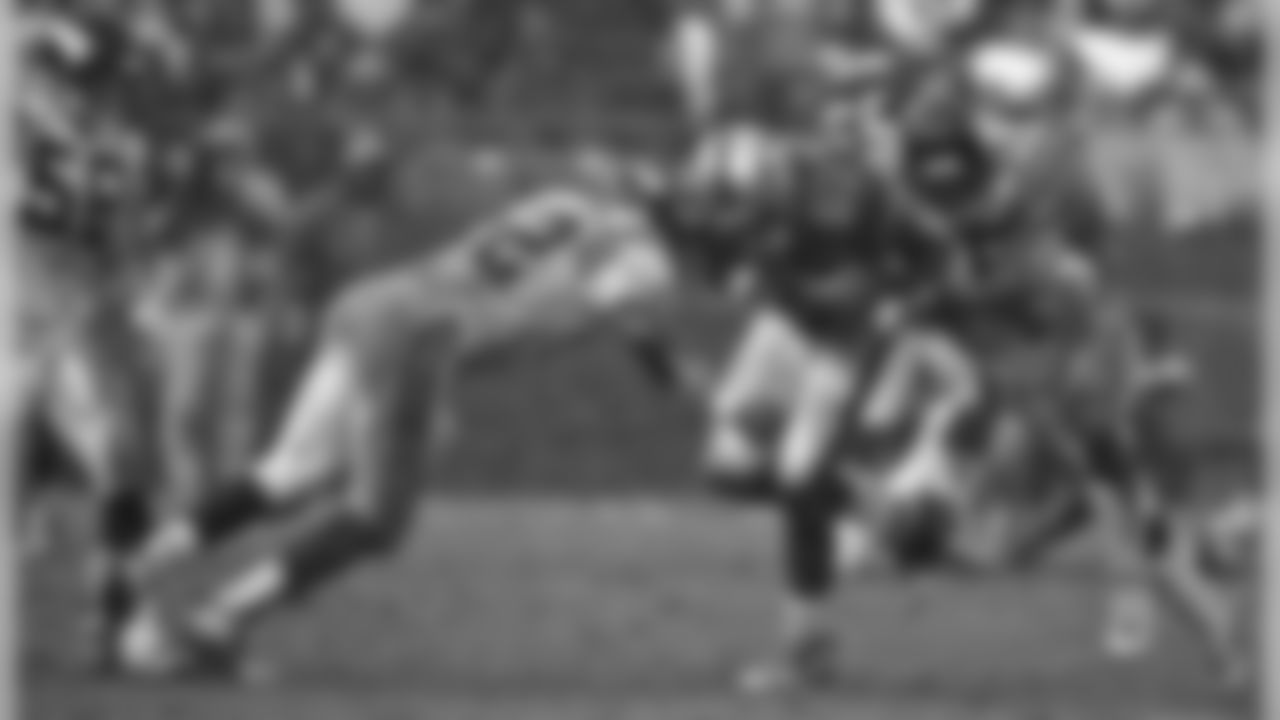
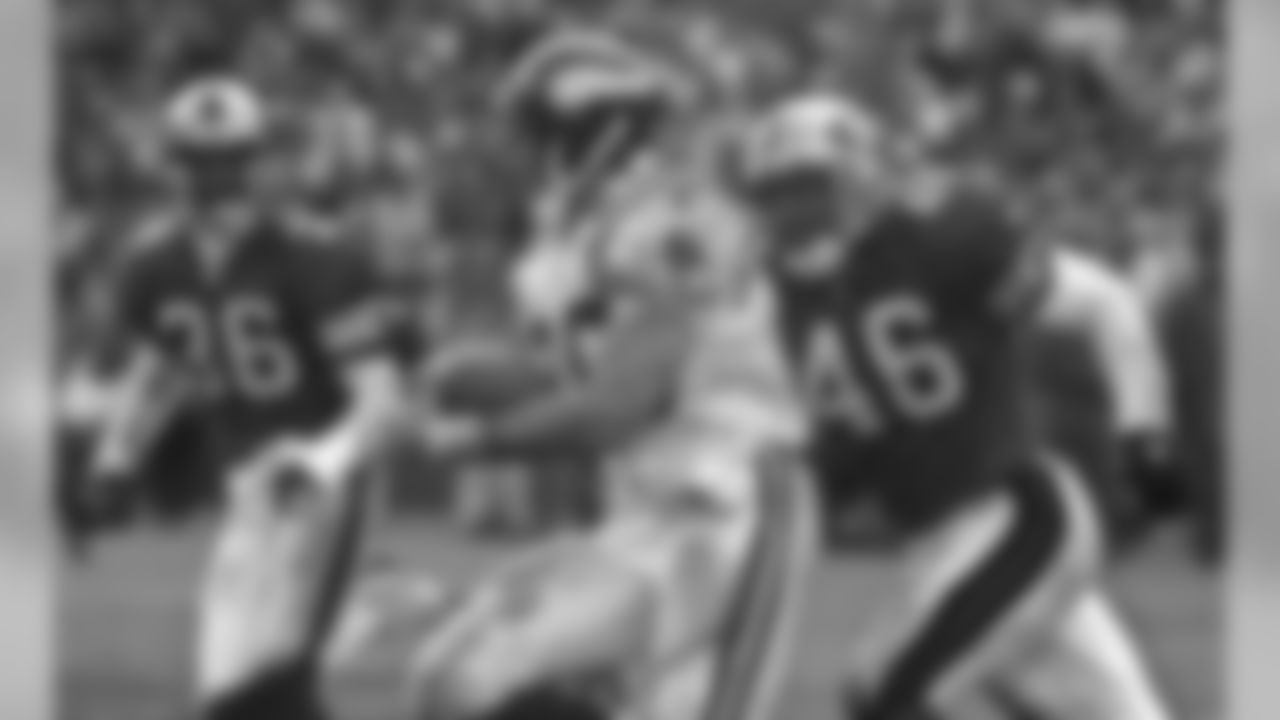
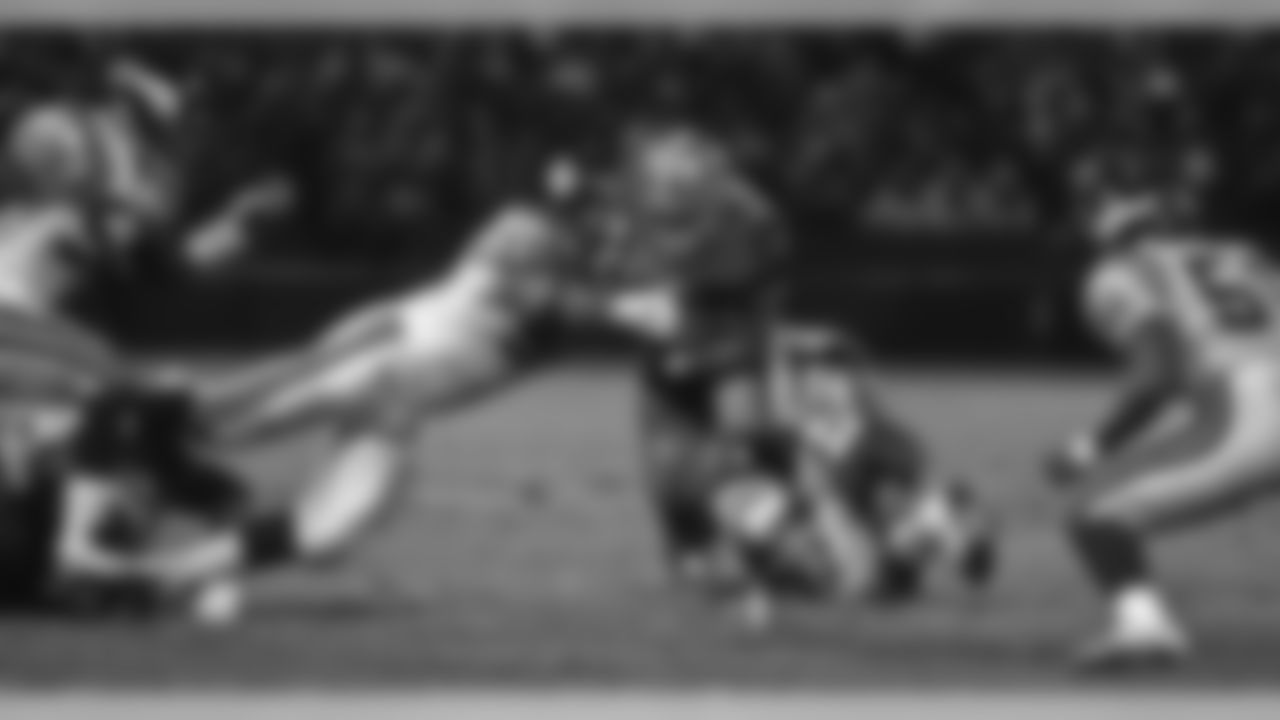








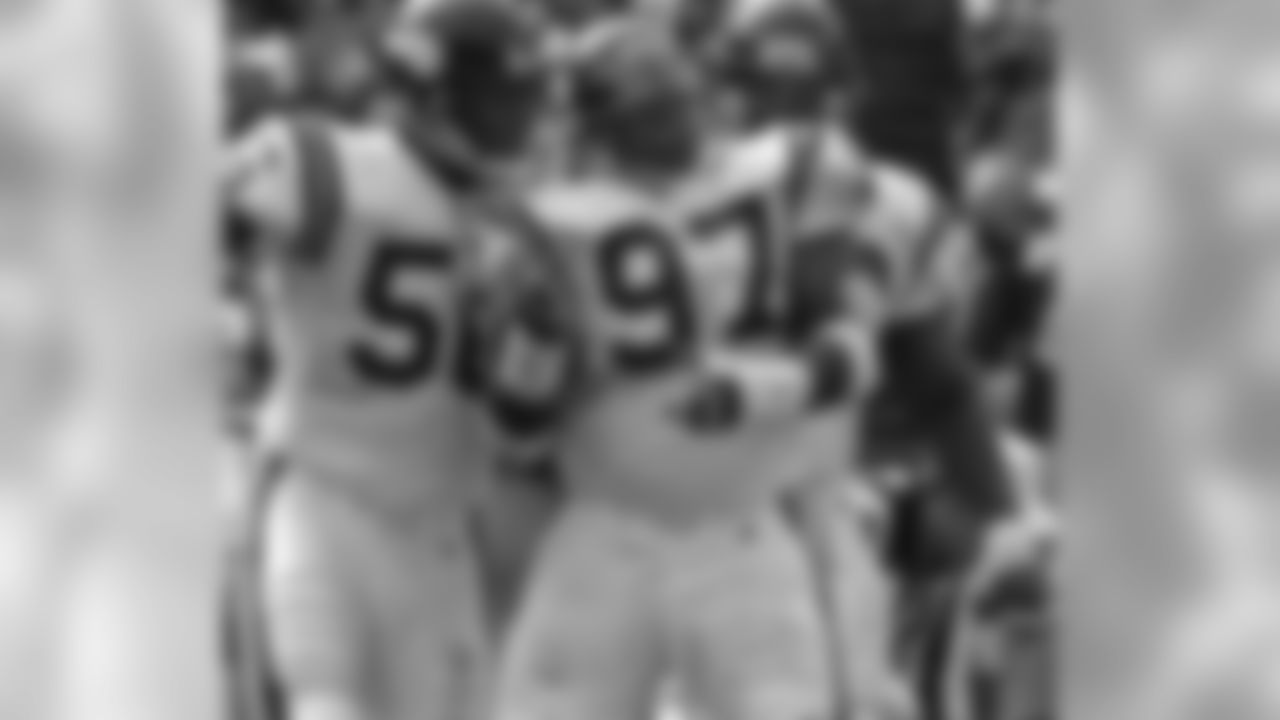









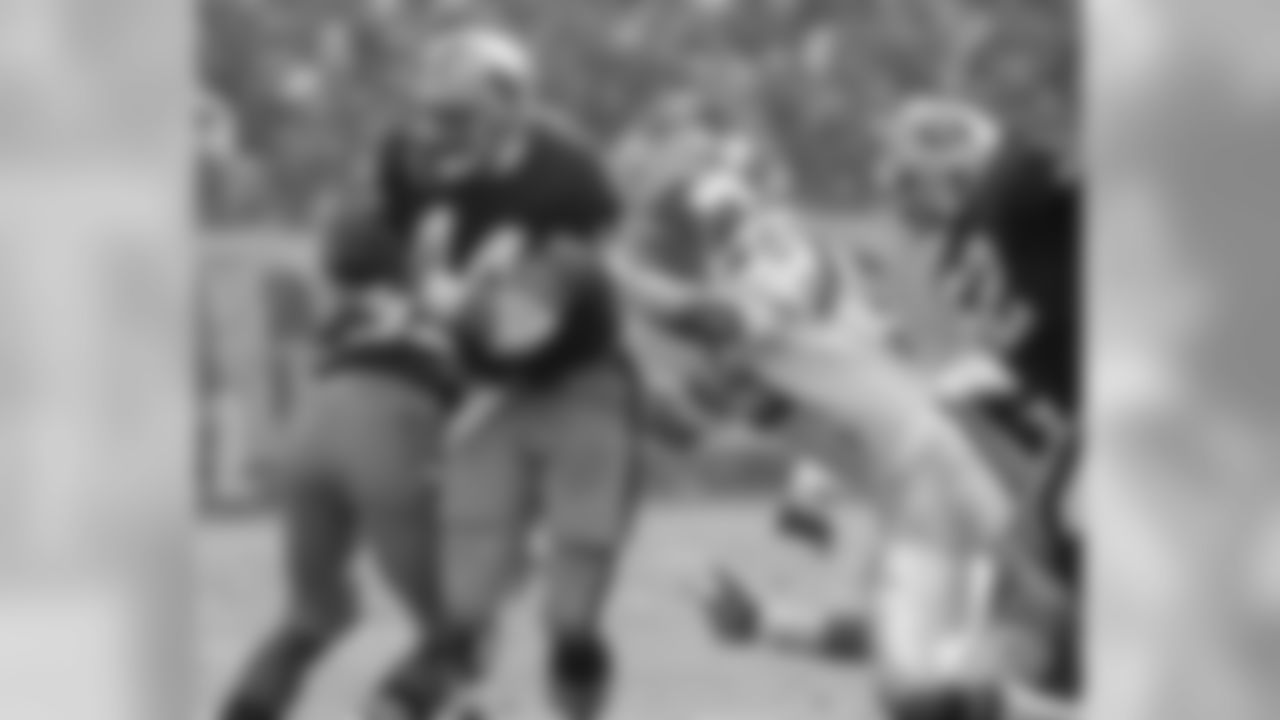
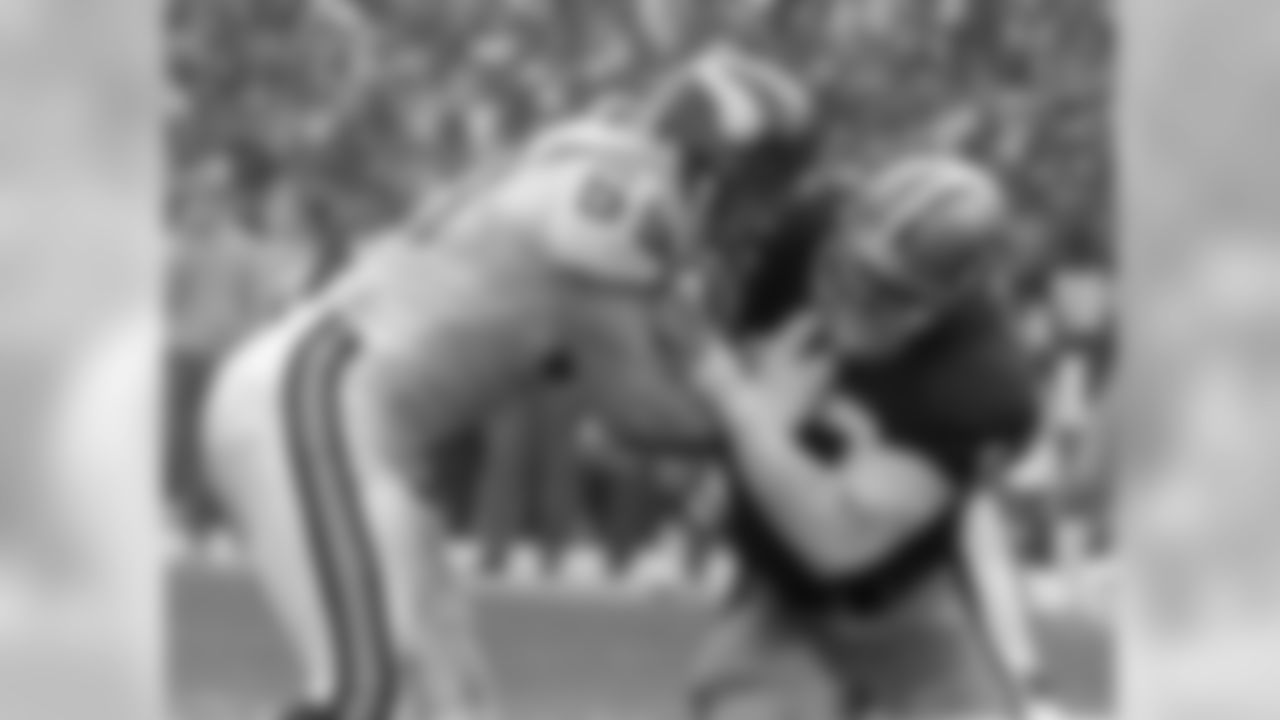



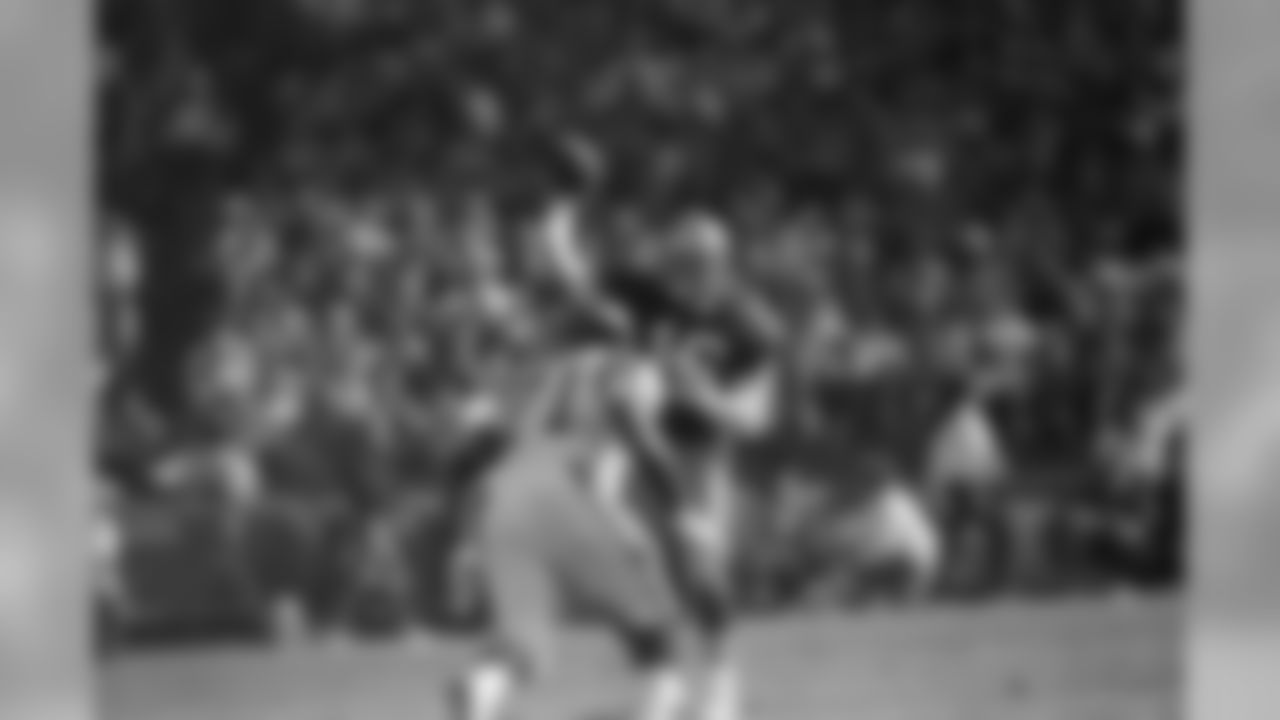






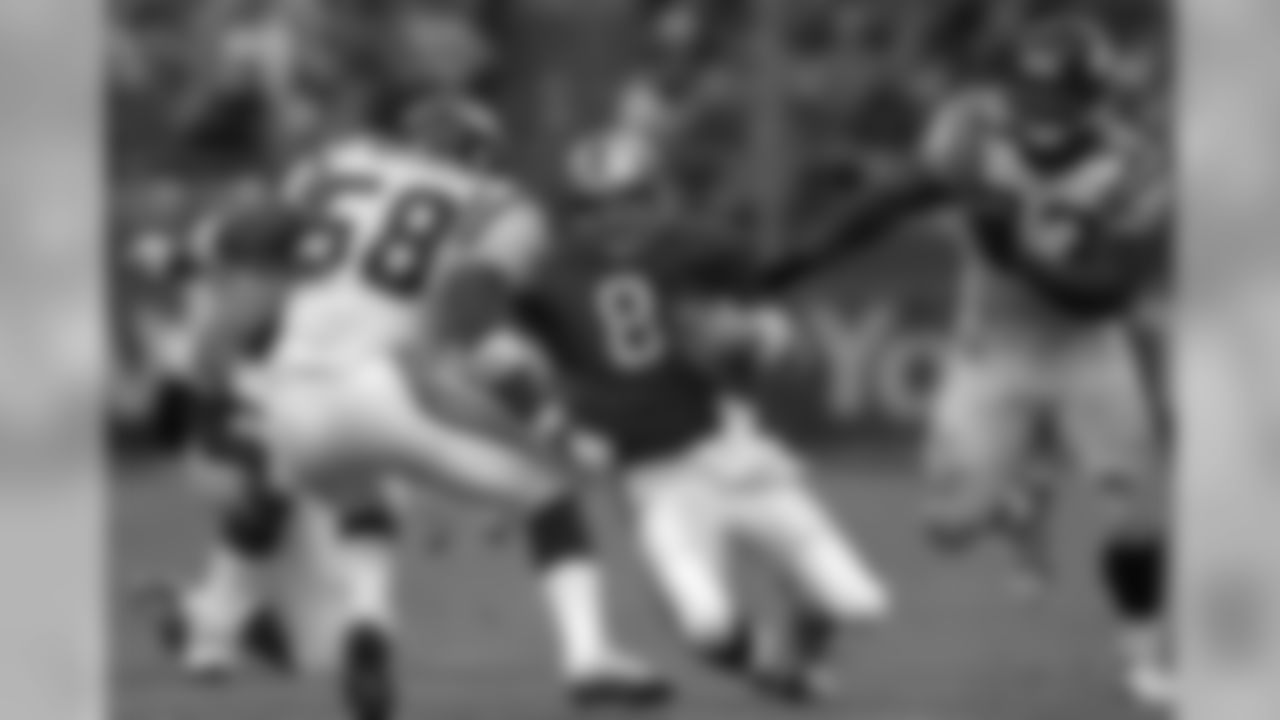




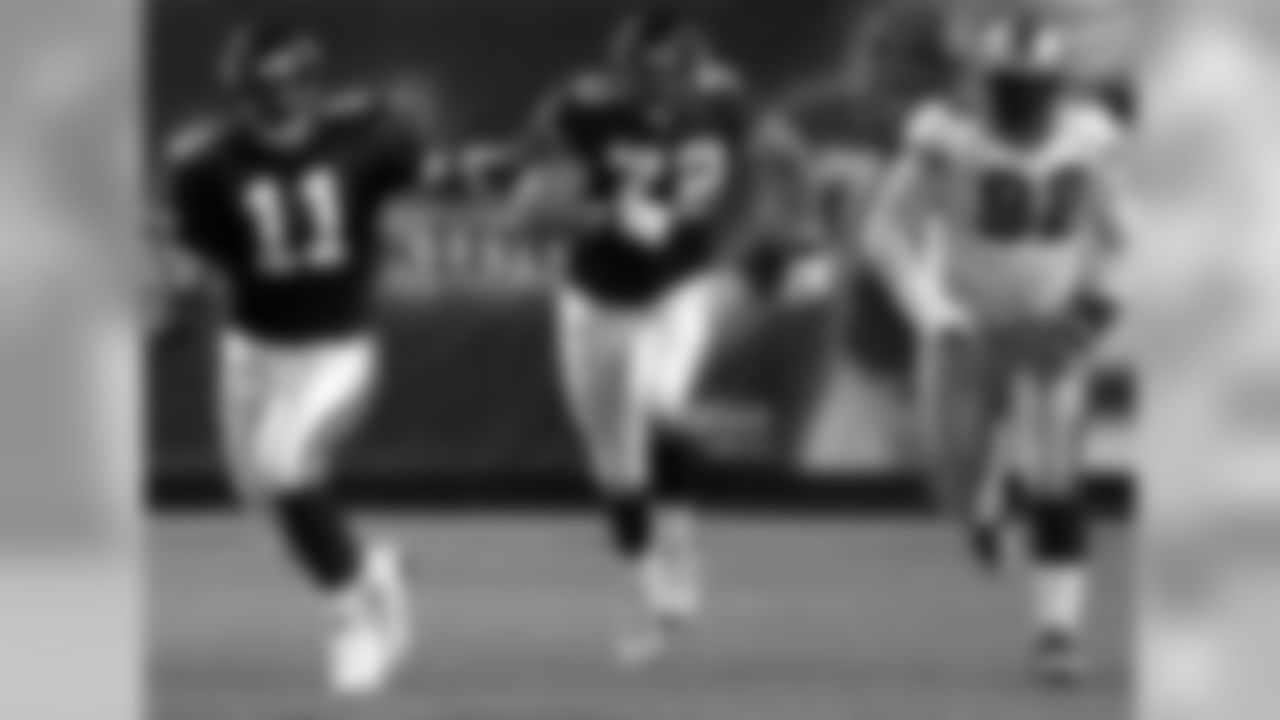

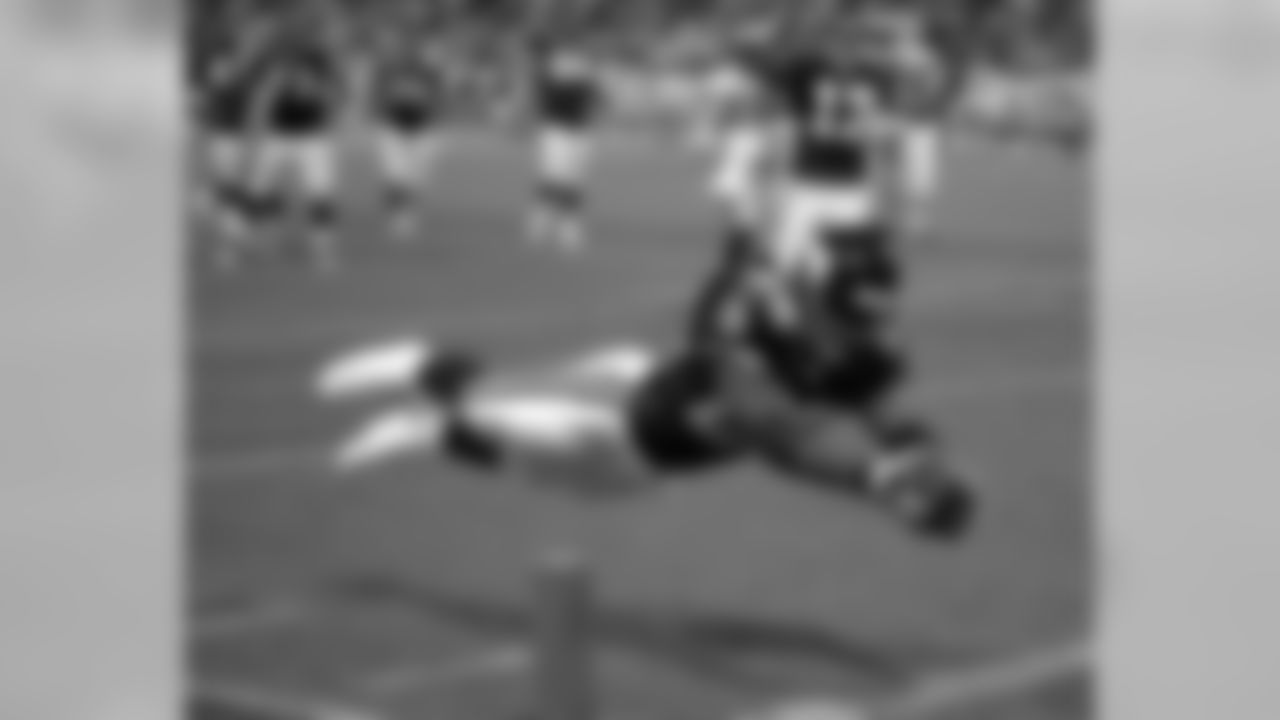
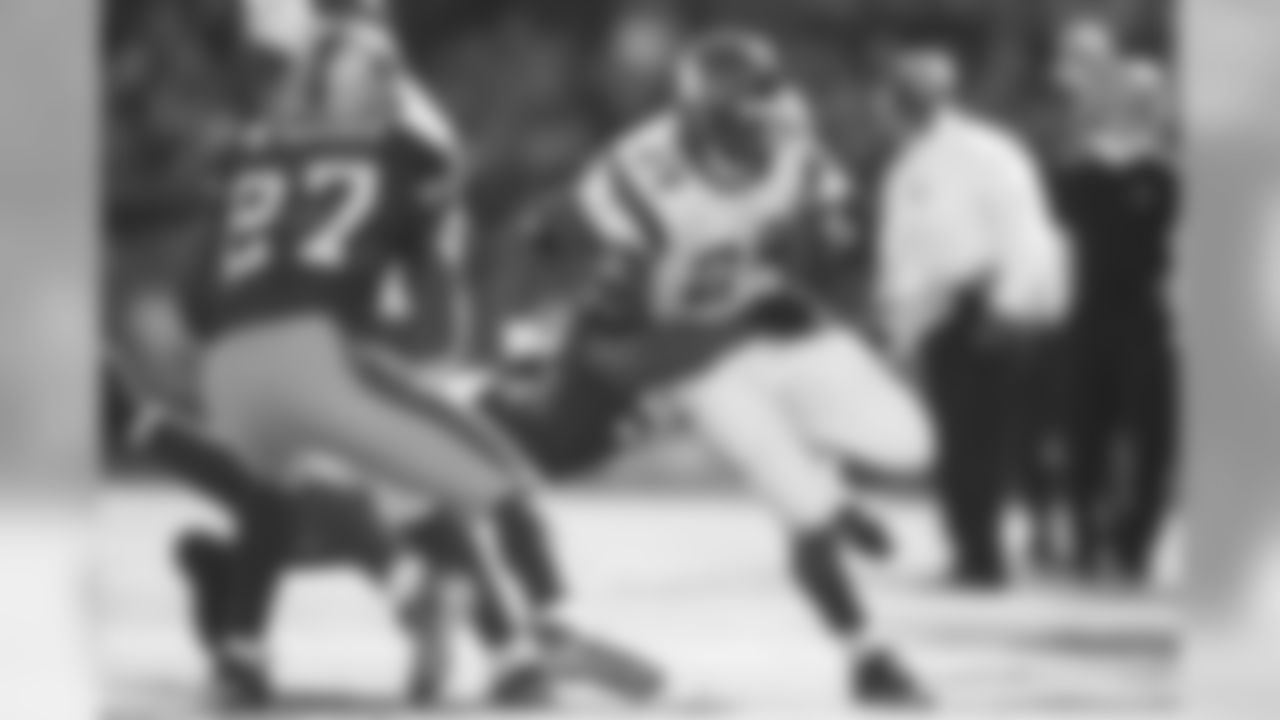






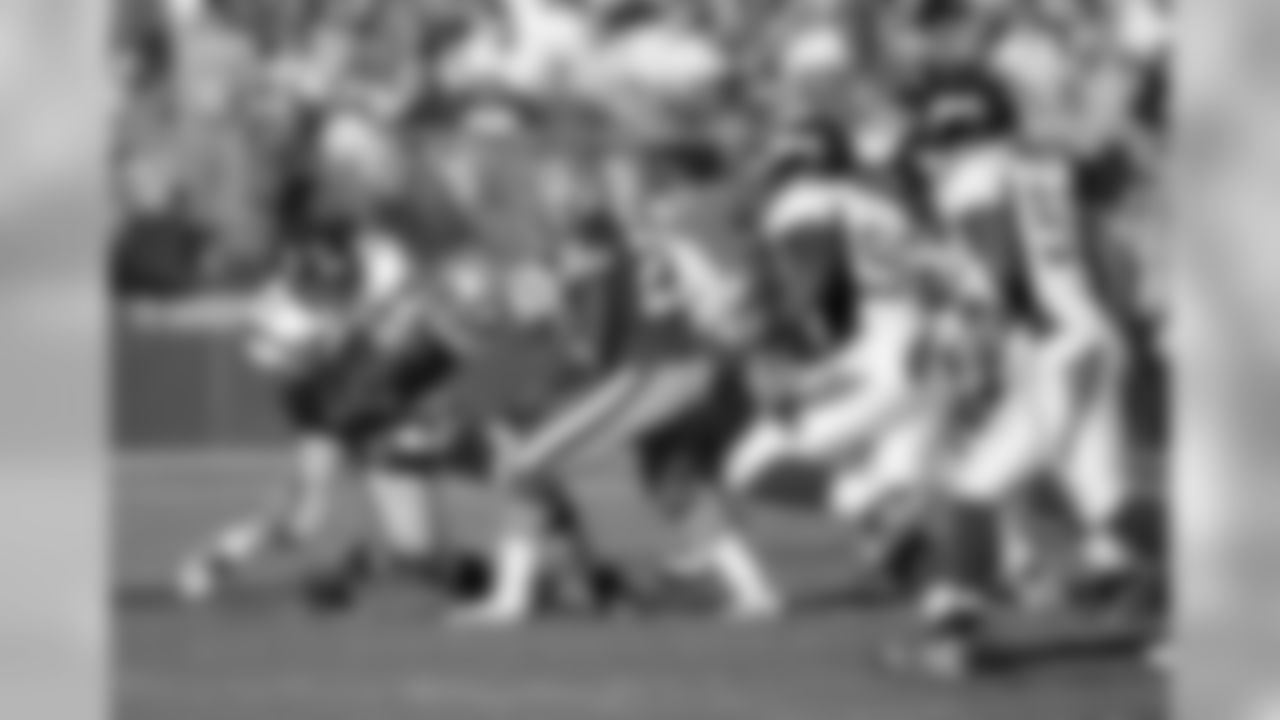


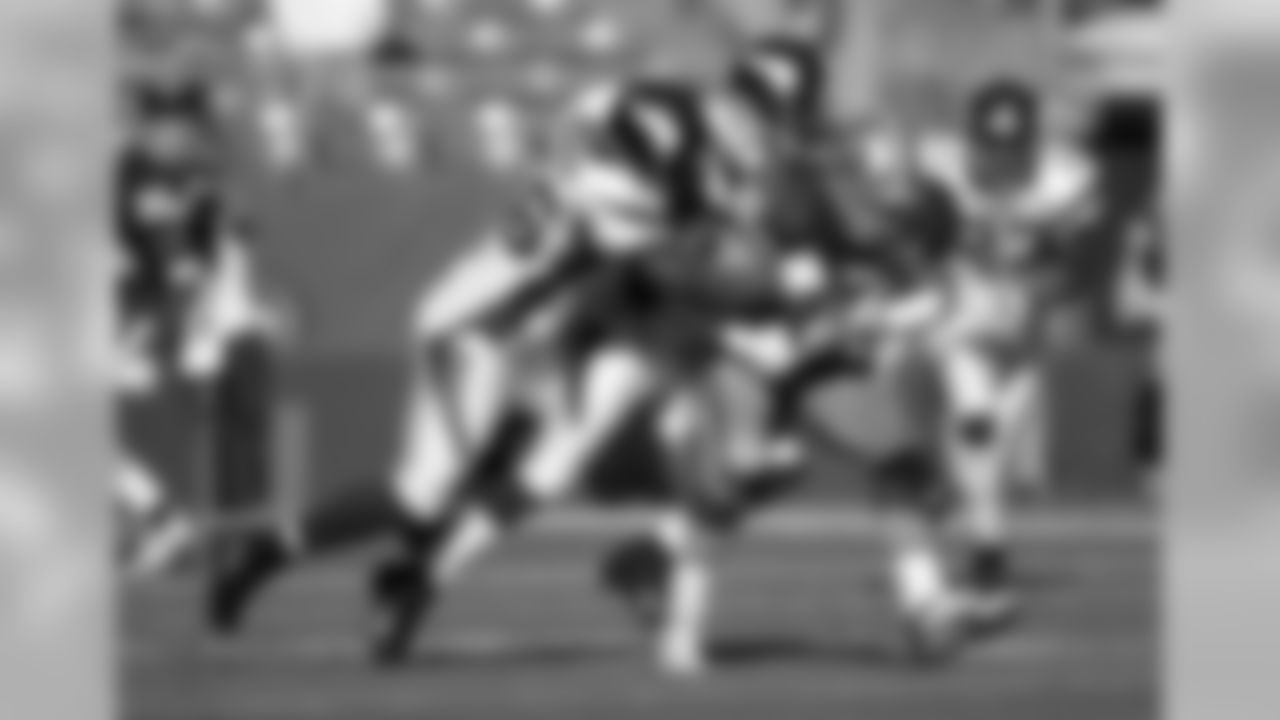
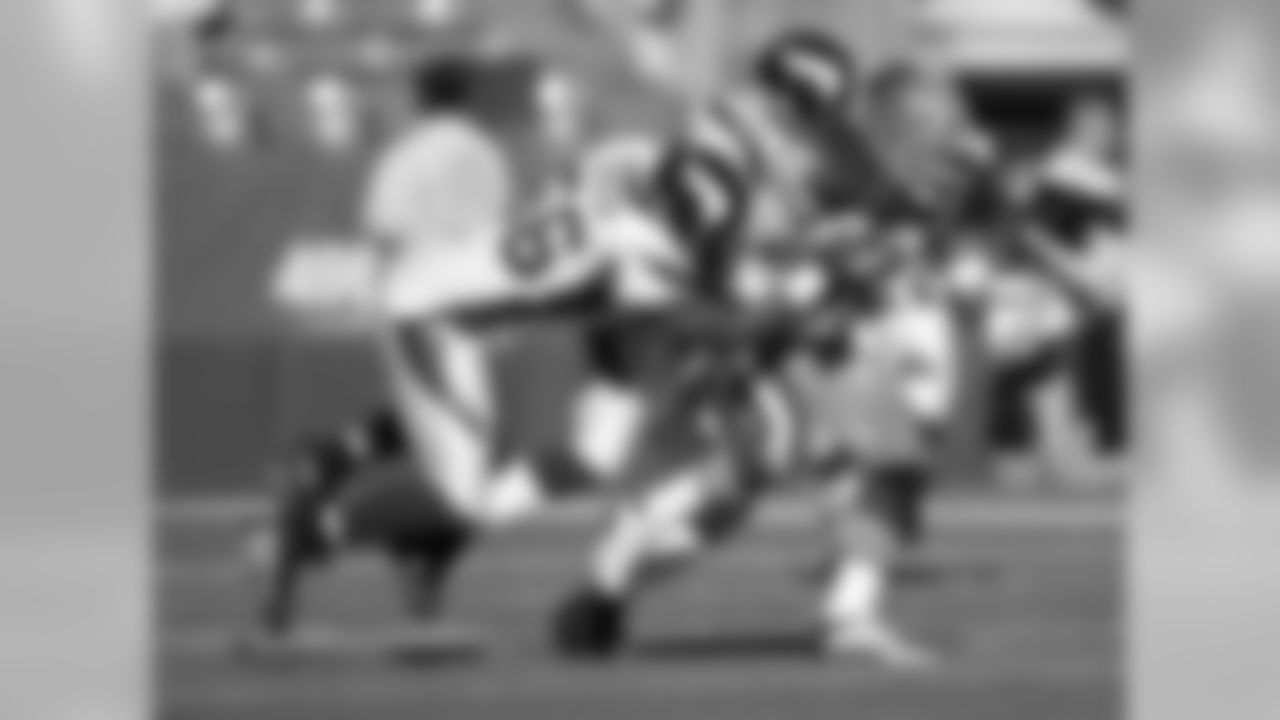
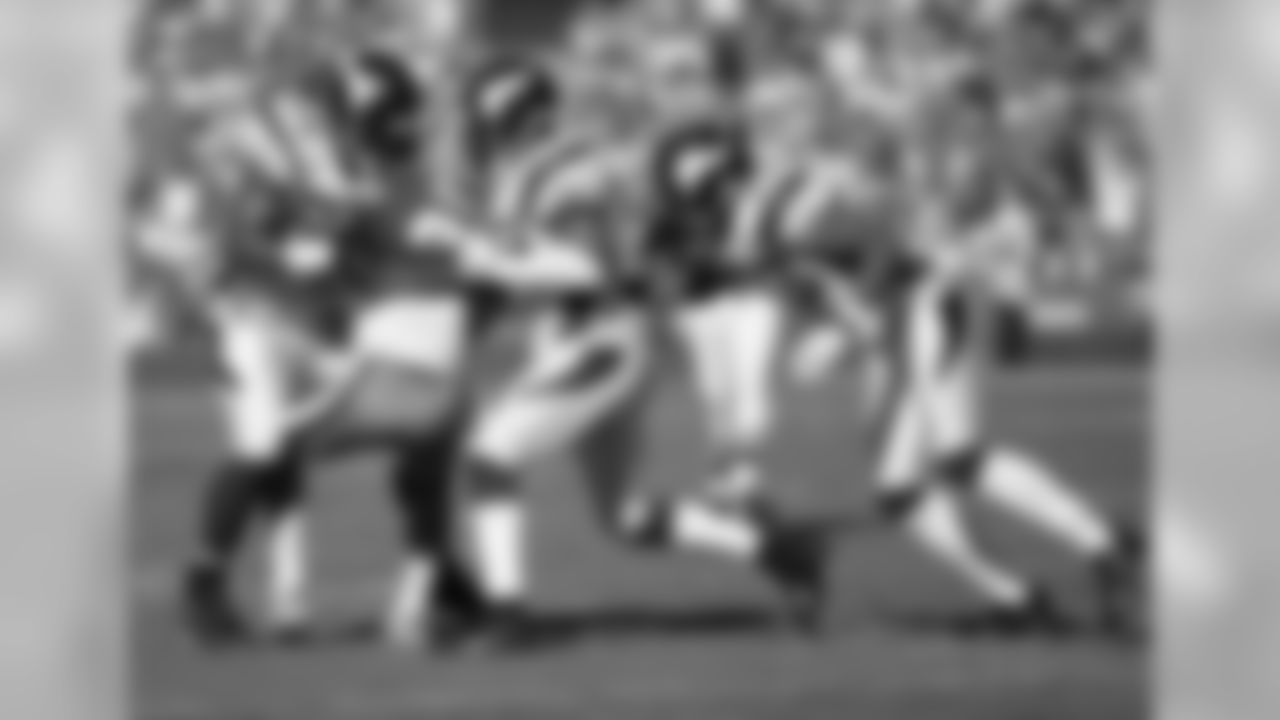








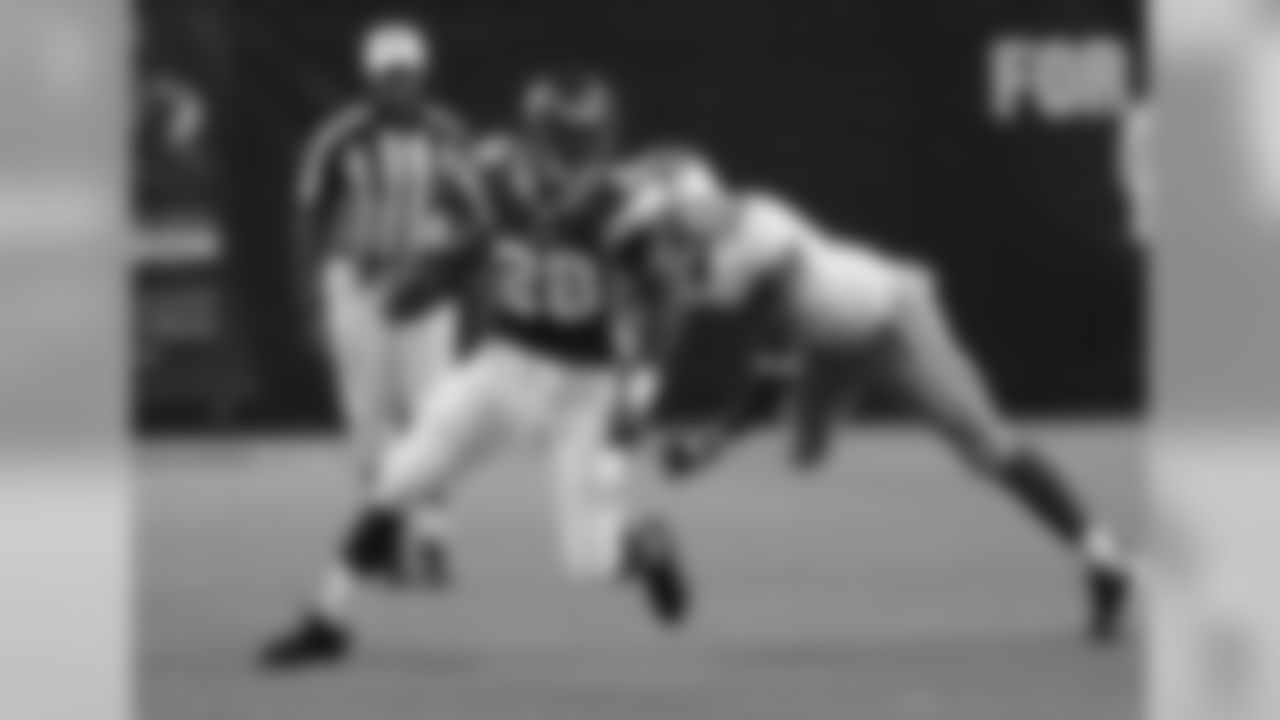



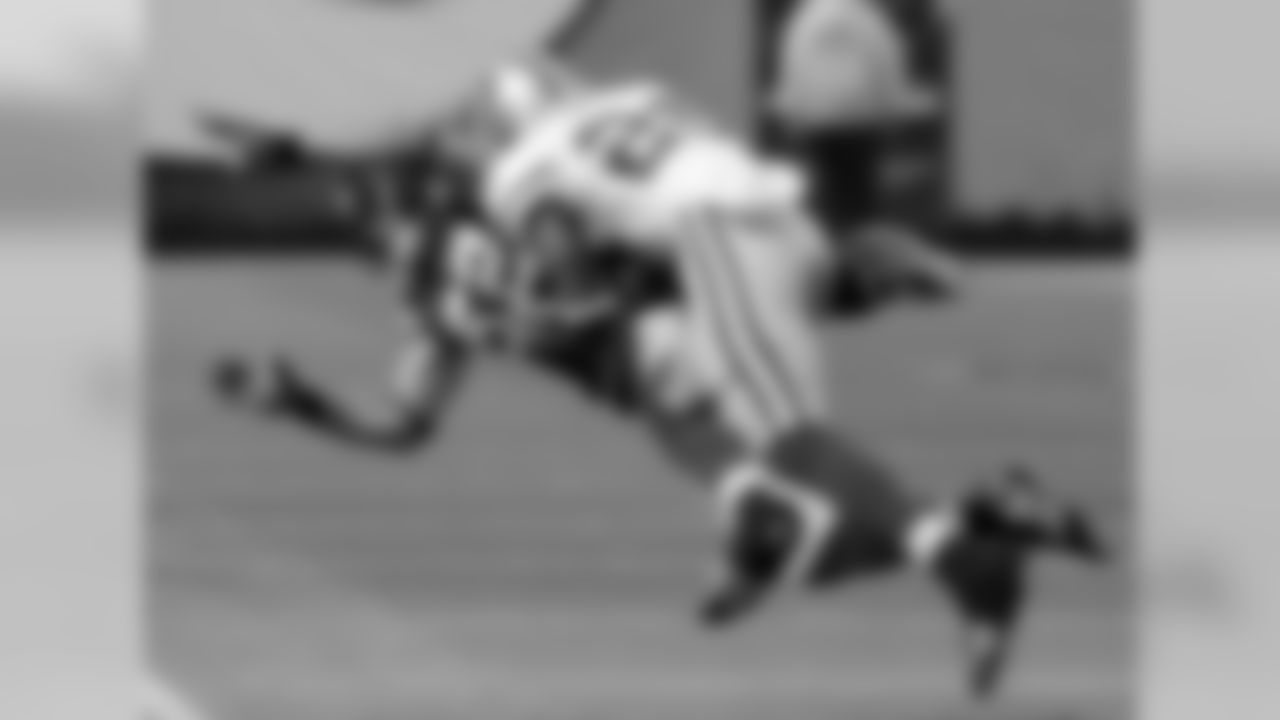












An image from September 9, 2018 regular season home game against the San Francisco 49ers. The Vikings won 24-16.

An image from September 9, 2018 regular season home game against the San Francisco 49ers. The Vikings won 24-16.

An image from September 9, 2018 regular season home game against the San Francisco 49ers. The Vikings won 24-16.

An image from September 9, 2018 regular season home game against the San Francisco 49ers. The Vikings won 24-16.

An image from September 9, 2018 regular season home game against the San Francisco 49ers. The Vikings won 24-16.

An image from September 9, 2018 regular season home game against the San Francisco 49ers. The Vikings won 24-16.

An image from September 9, 2018 regular season home game against the San Francisco 49ers. The Vikings won 24-16.
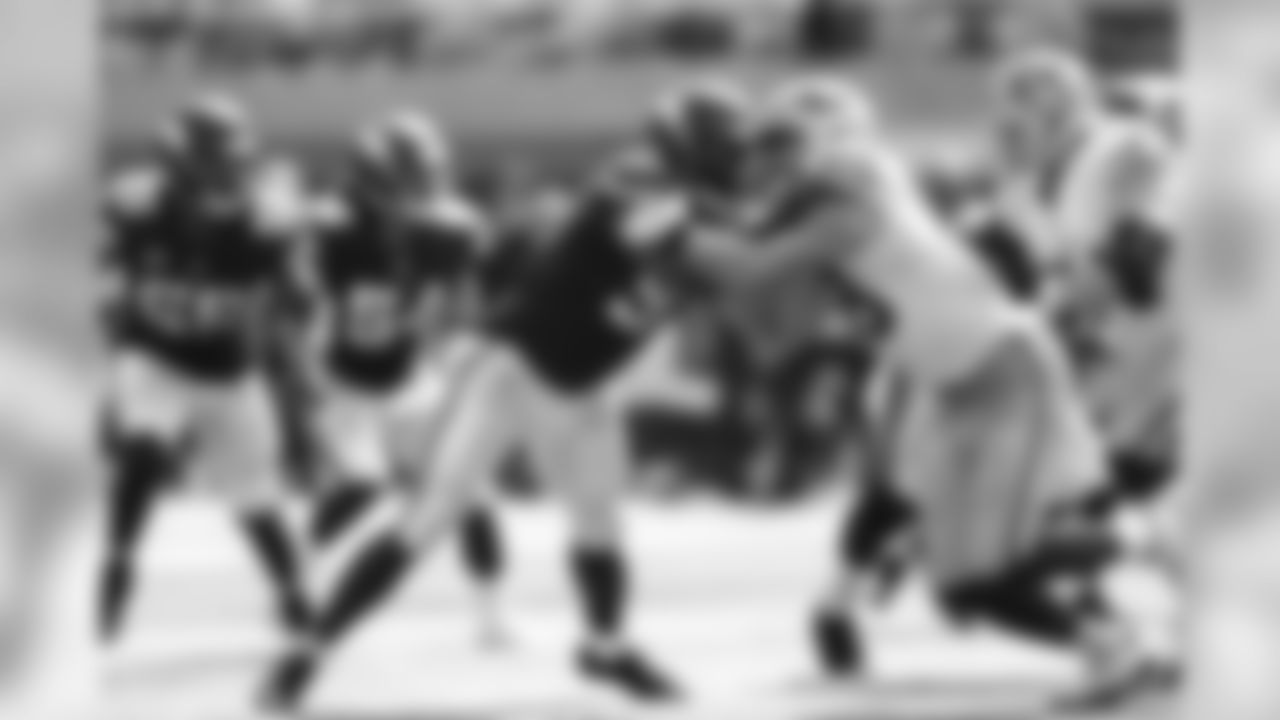
An image from September 9, 2018 regular season home game against the San Francisco 49ers. The Vikings won 24-16.

An image from September 9, 2018 regular season home game against the San Francisco 49ers. The Vikings won 24-16.
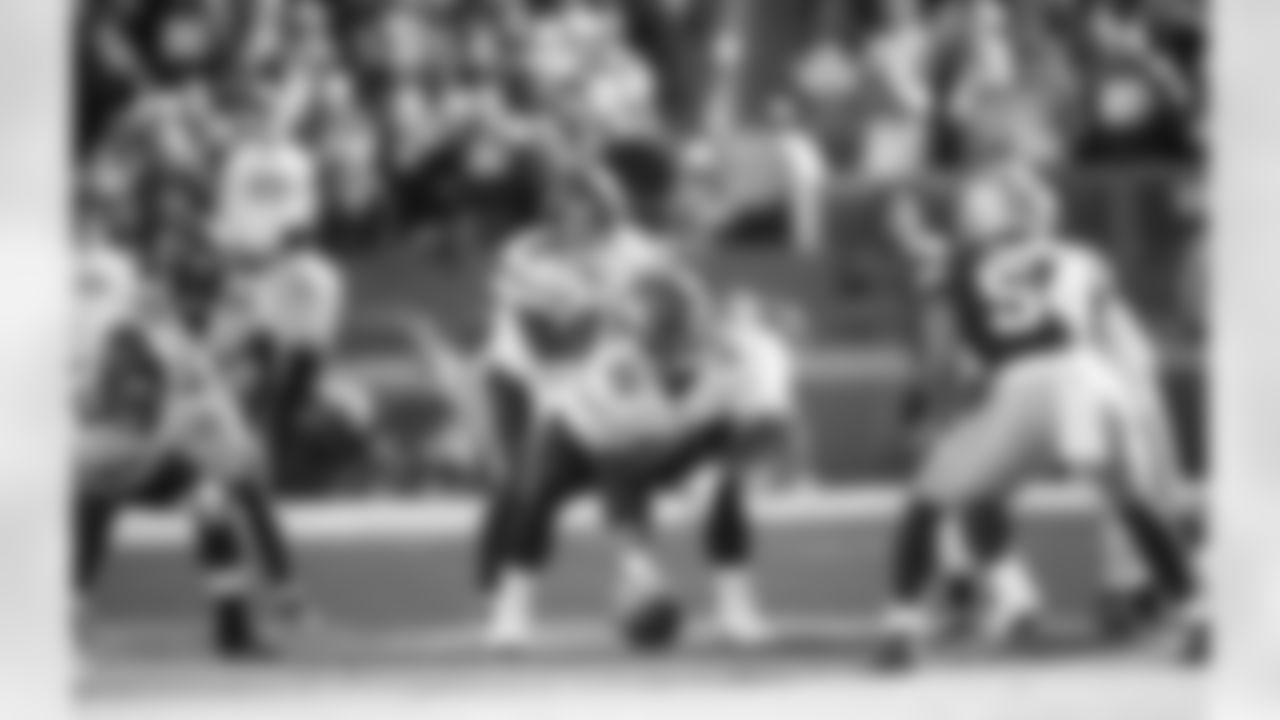
2019 Divisional Playoff Round

2019 Divisional Playoff Round

2019 Divisional Playoff Round
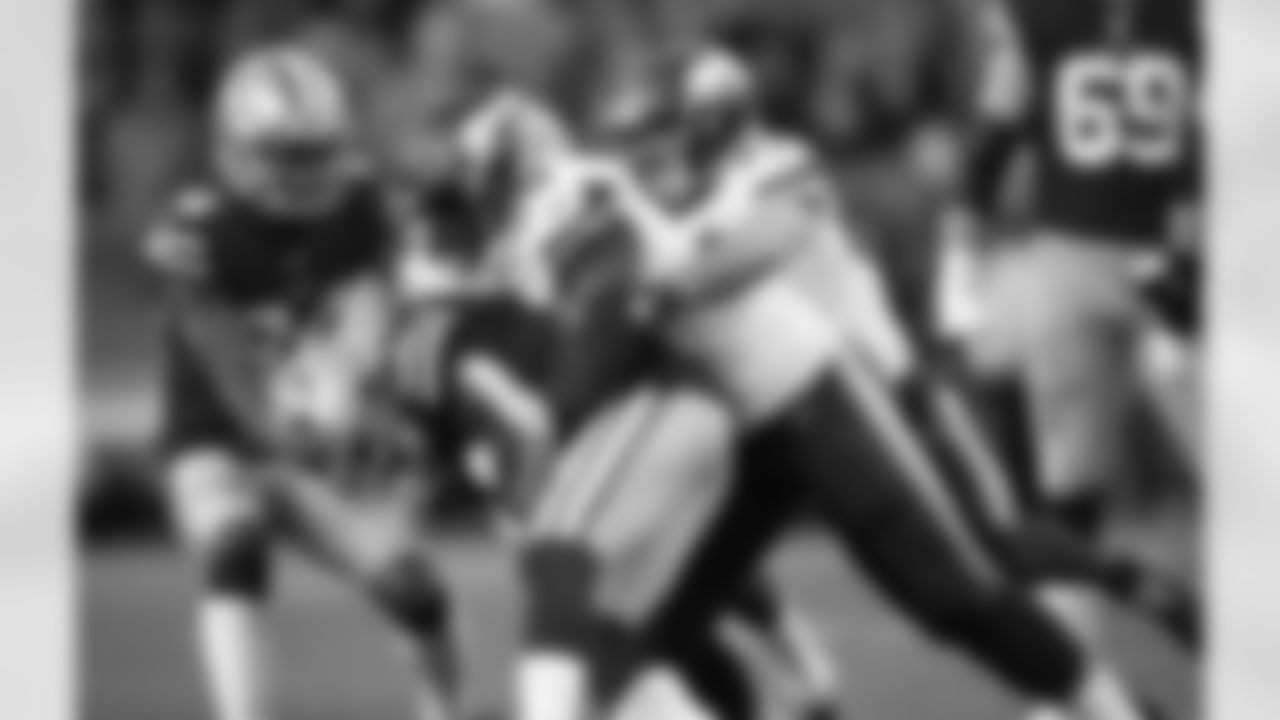
2019 Divisional Playoff Round

2019 Divisional Playoff Round

2019 Divisional Playoff Round
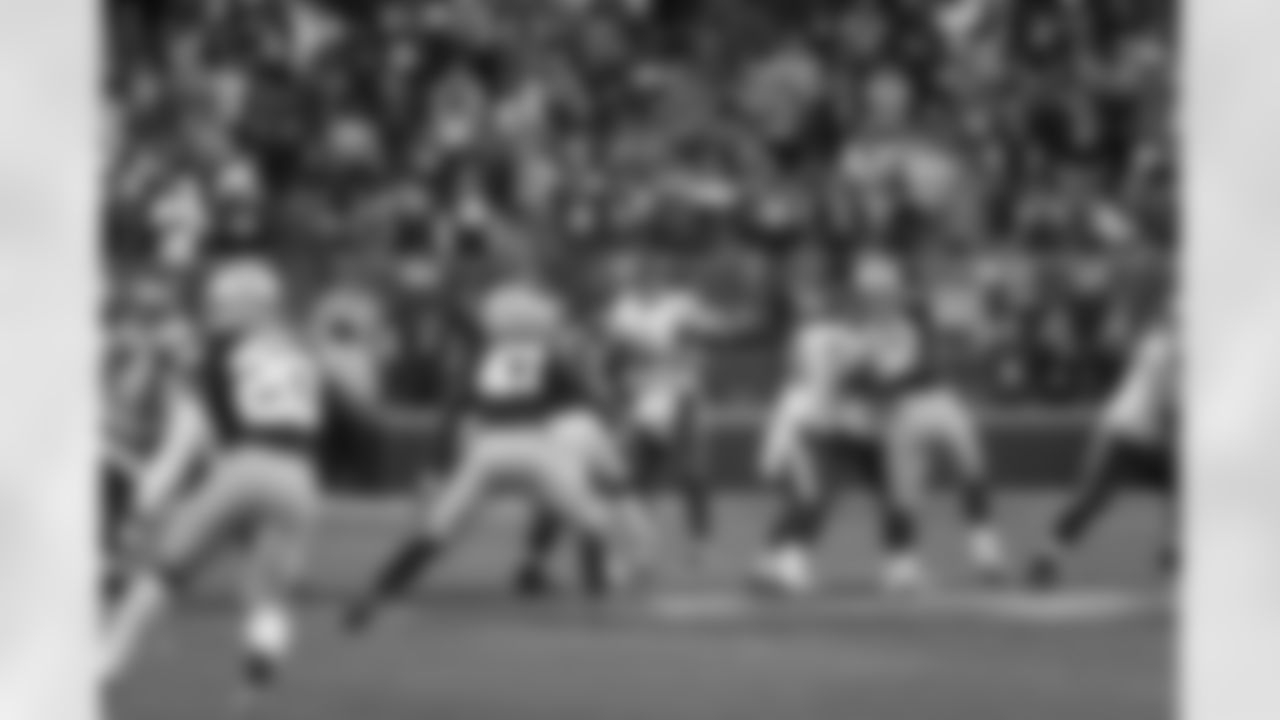
2019 Divisional Playoff Round
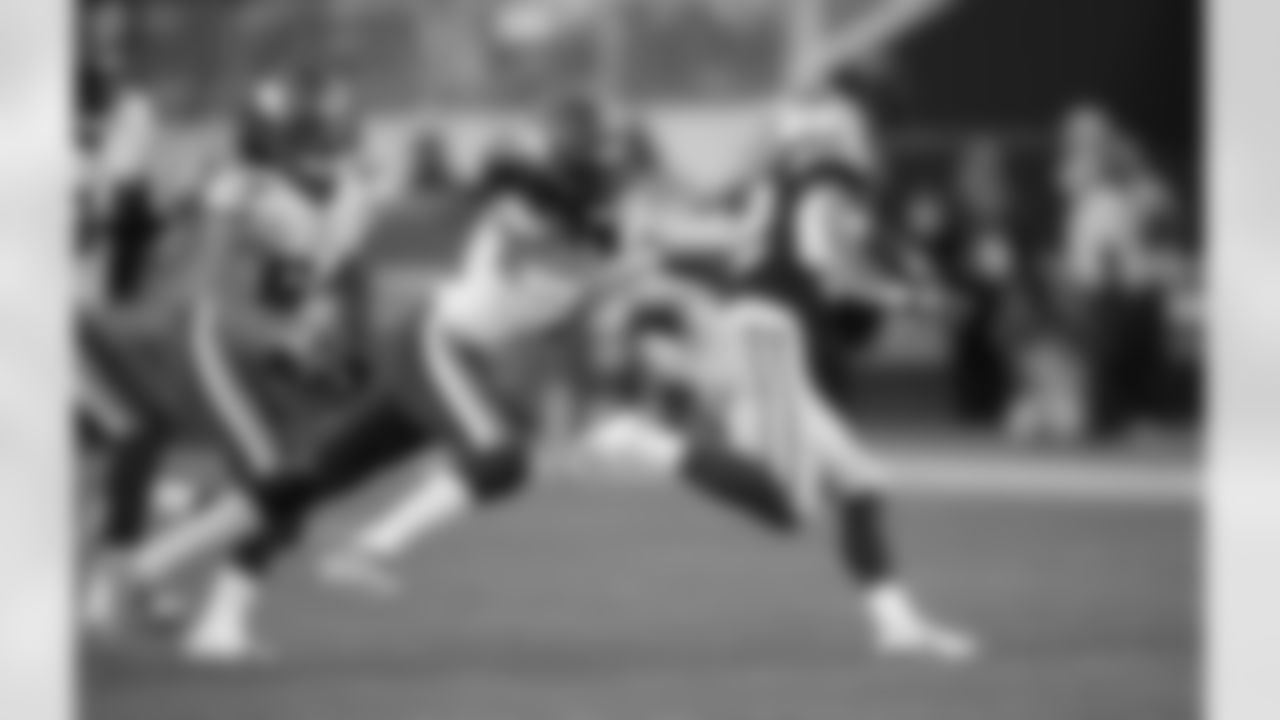
2019 Divisional Playoff Round
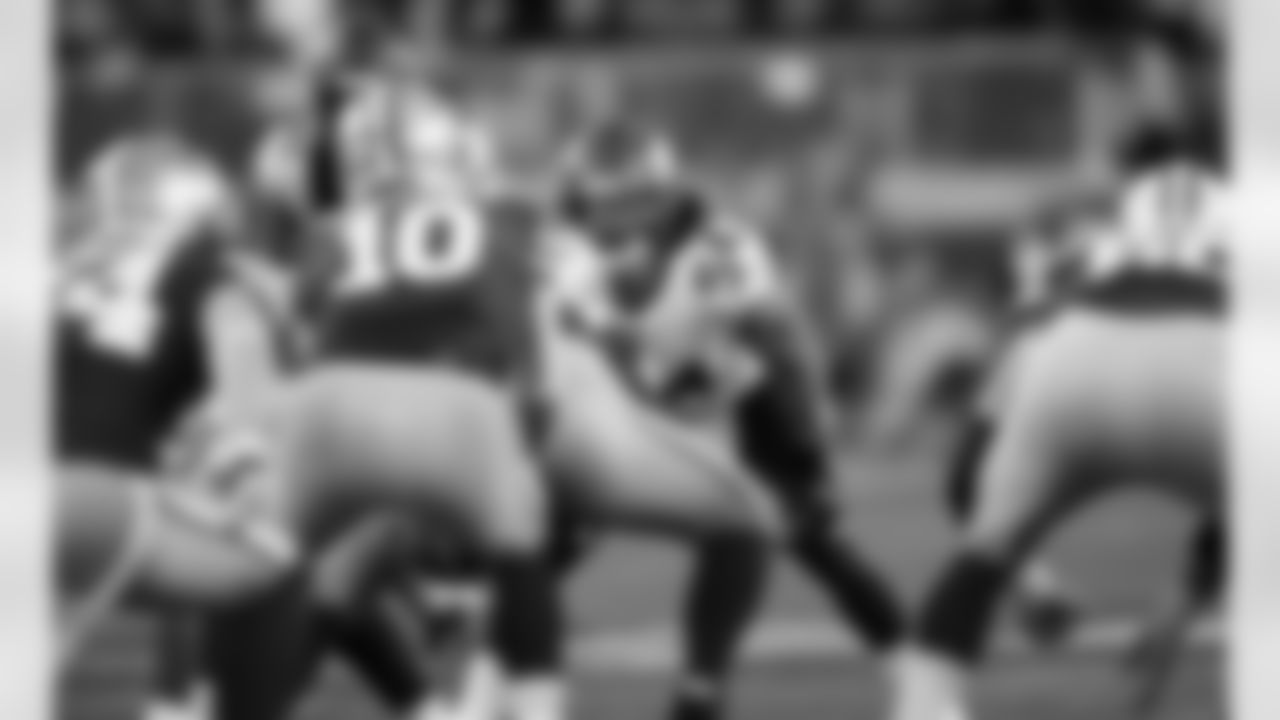
2019 Divisional Playoff Round

2019 Divisional Playoff Round

2019 Divisional Playoff Round

2021

2021

2021

2021

2021

2023

2023

2023

2023

2023
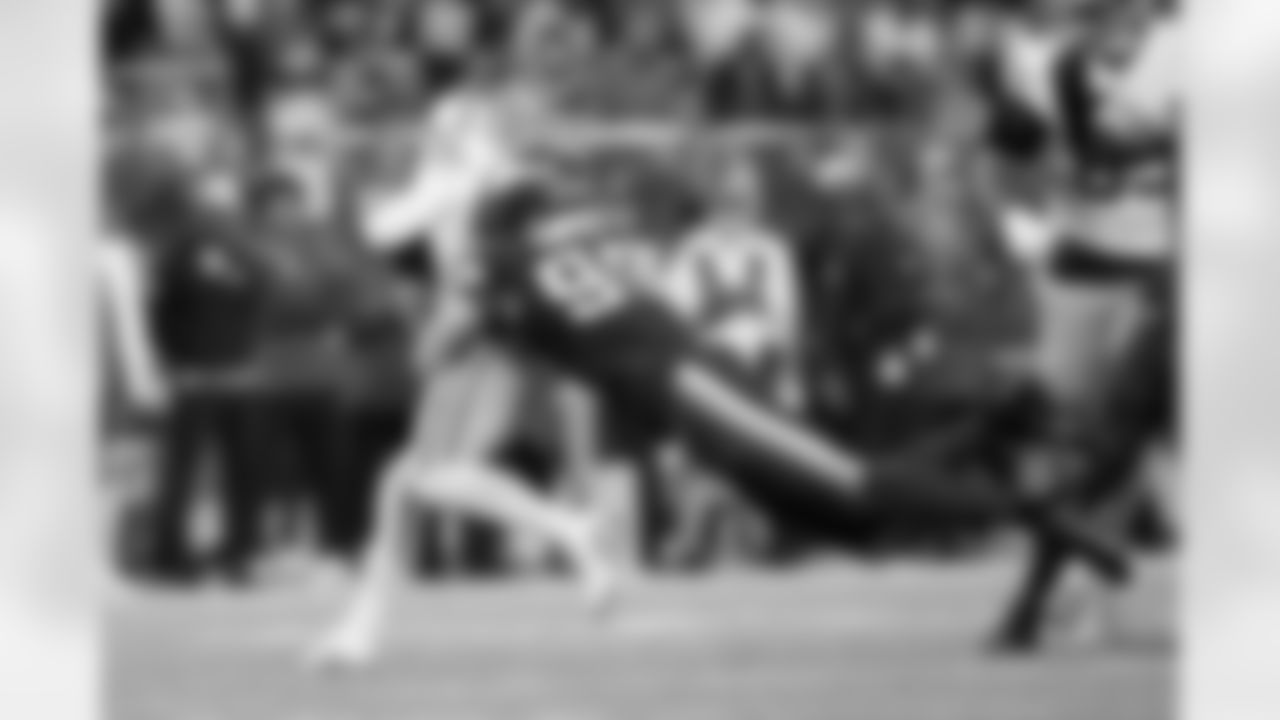
2023

2023

2023

2023

2023
There's a good chance both teams will want to establish the run early on Saturday, and will stick with it even if one team gets behind.
That means we'll likely see fullbacks integrated into the game, as each team features solid ones in Minnesota's C.J. Ham and San Francisco's Kyle Juszczyk.
Both played a vital role for their teams in 2019, as Ham played 34.57 percent of the Vikings offensive snaps, while Juszczyk was on the field for 36.59 percent of the 49ers offensive plays.
Not every NFL team employs a fullback anymore, as the position is looked at as a lost art around the league.
But do you know who also used a fullback as an integral part of their offense? Those Broncos teams in the late '90s with Kubiak calling the plays.
"We're kind of built that way. Some teams you don't have that personnel," Kubiak said in mid-November of being able to go heavy. "We've got three really good tight ends and they've been healthy, so we've had them up every week. We have the ability with the fullback to play the game that, maybe a third of the teams in this league carry fullbacks, so we're just kind of built to play that way a little bit.
"Sometimes it does calm the game down a little bit for you offensively, depending on how much defense, you're getting to a certain personnel [group]," Kubiak added. "It's just the give-and-take and what gives you the best chance to make some big plays to still be consistent running the ball. It's just something that's worked for us."














